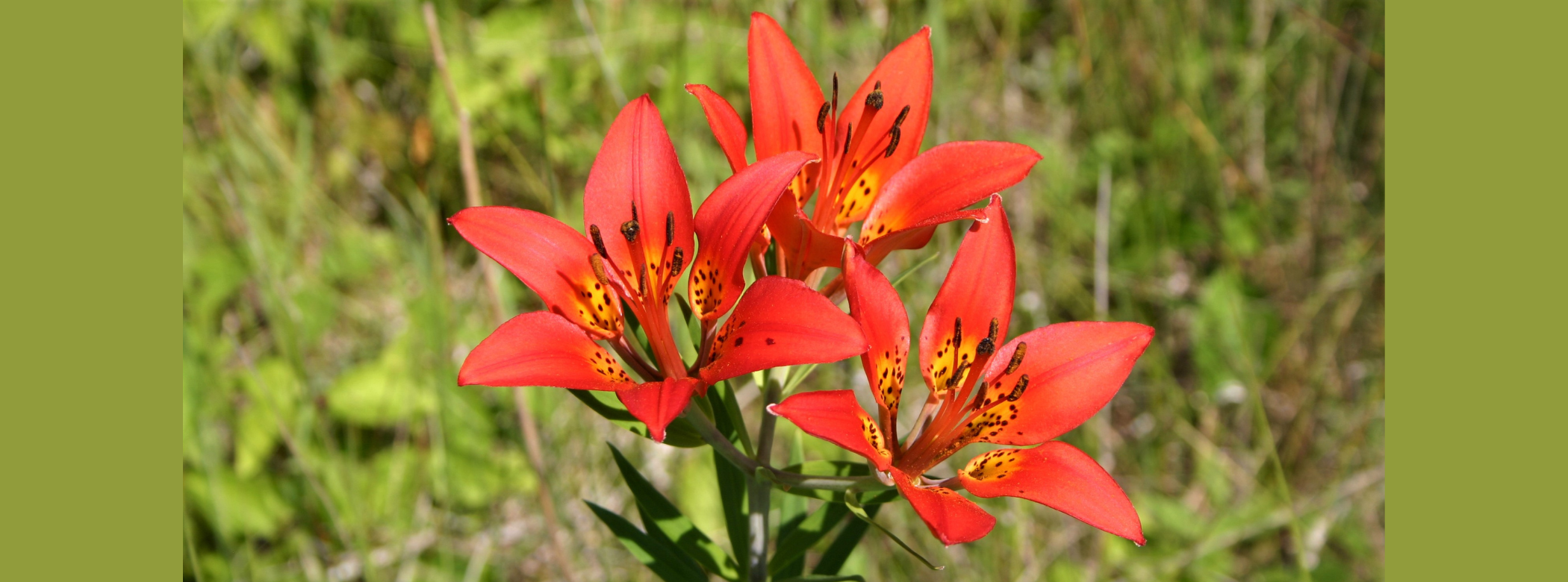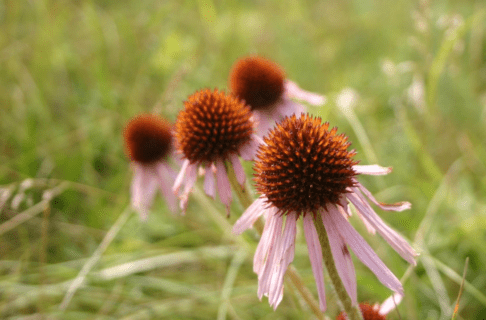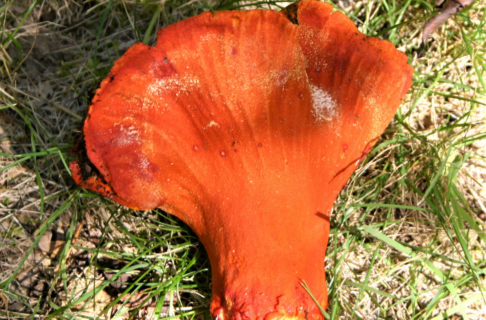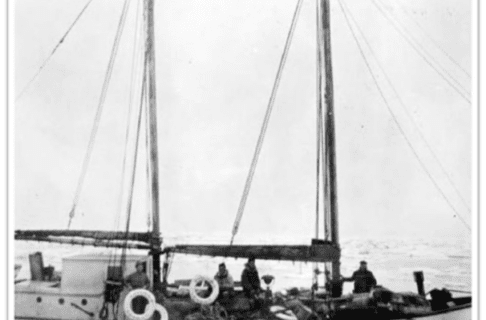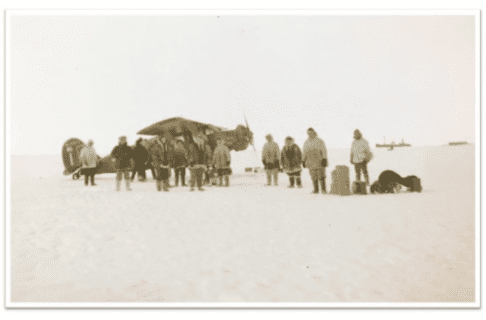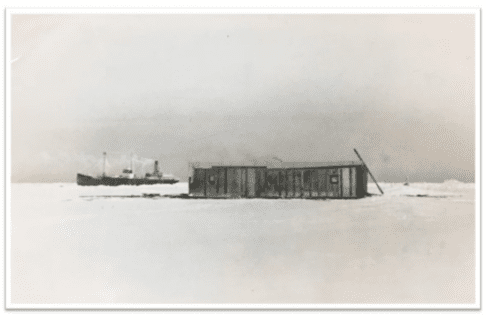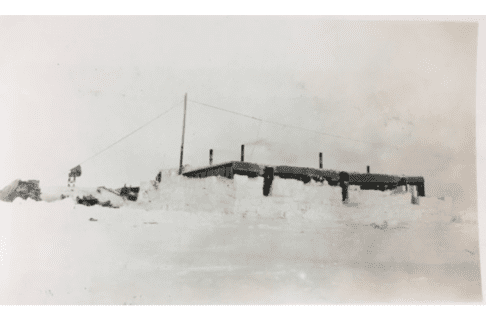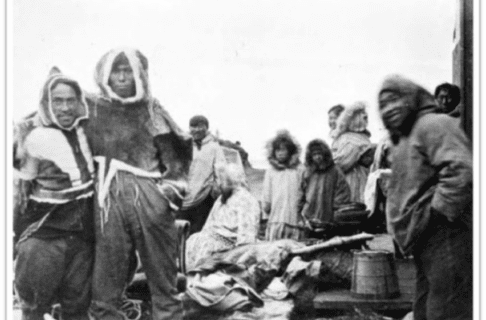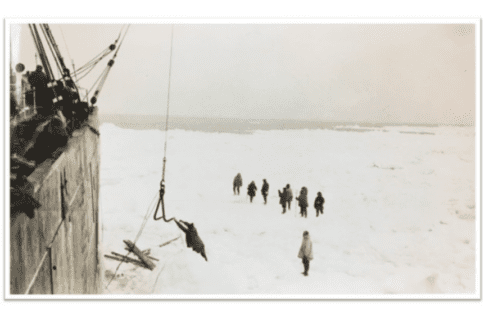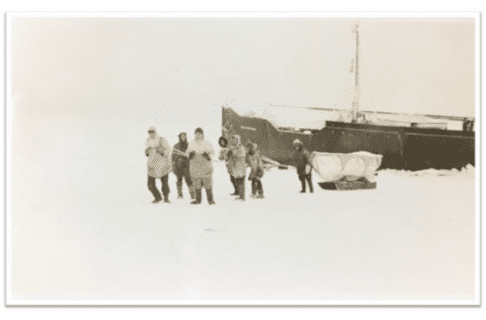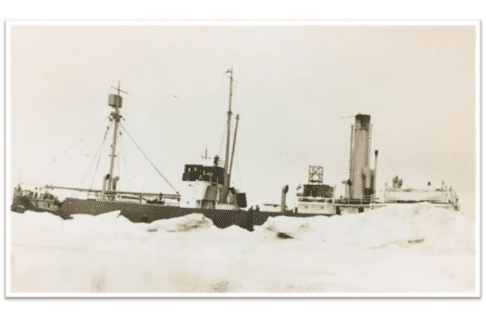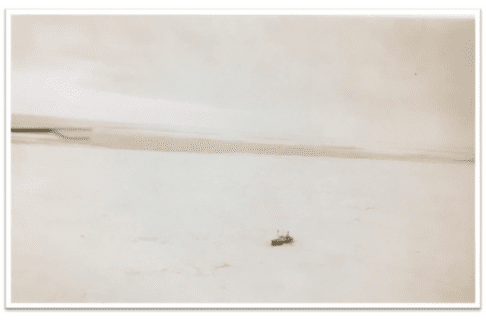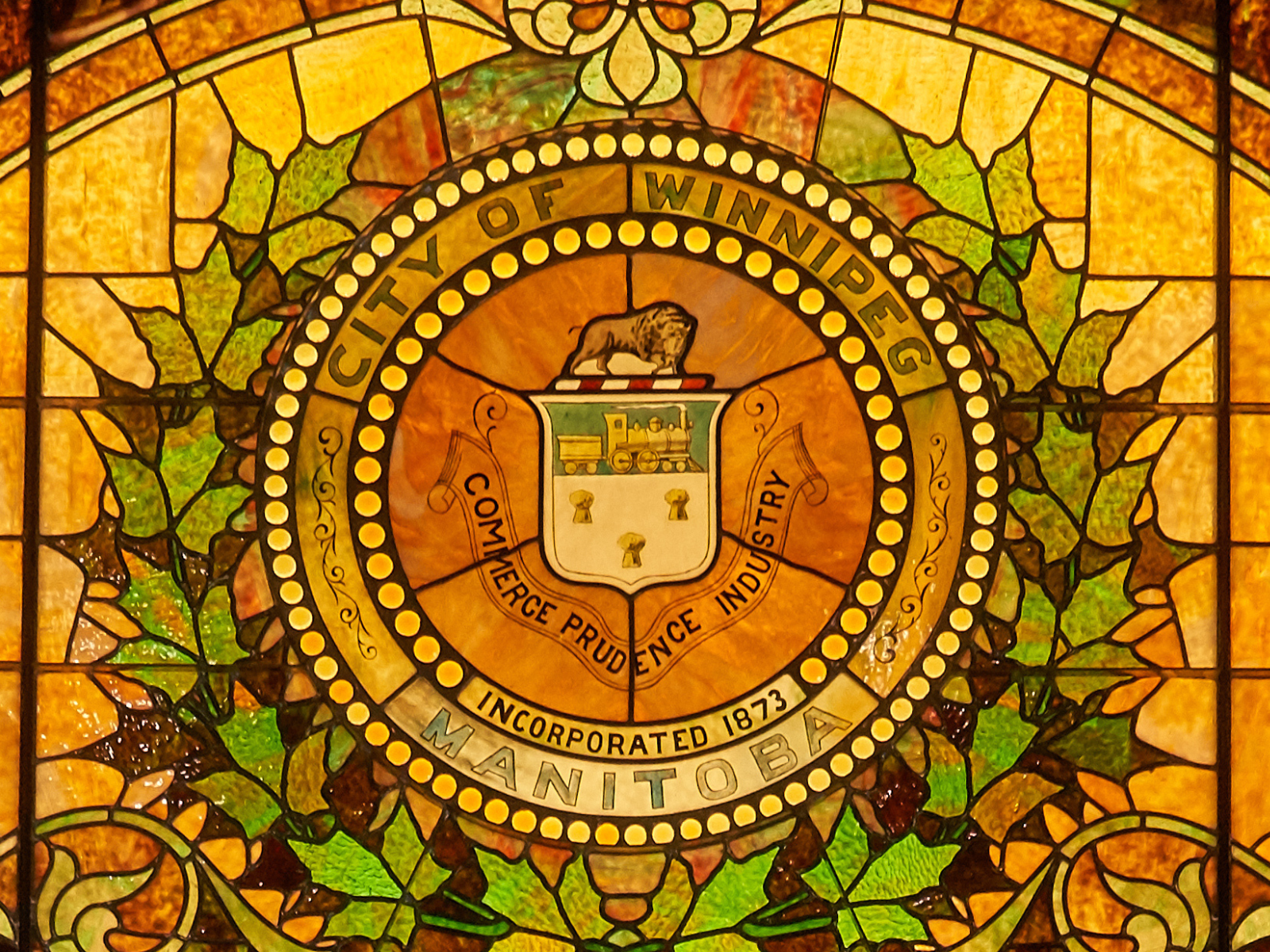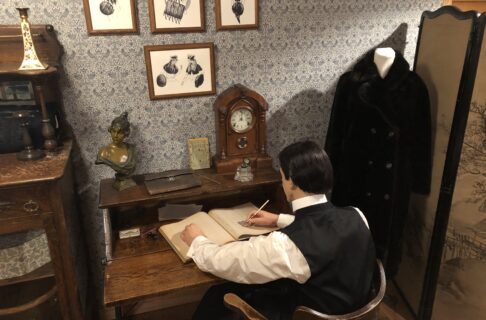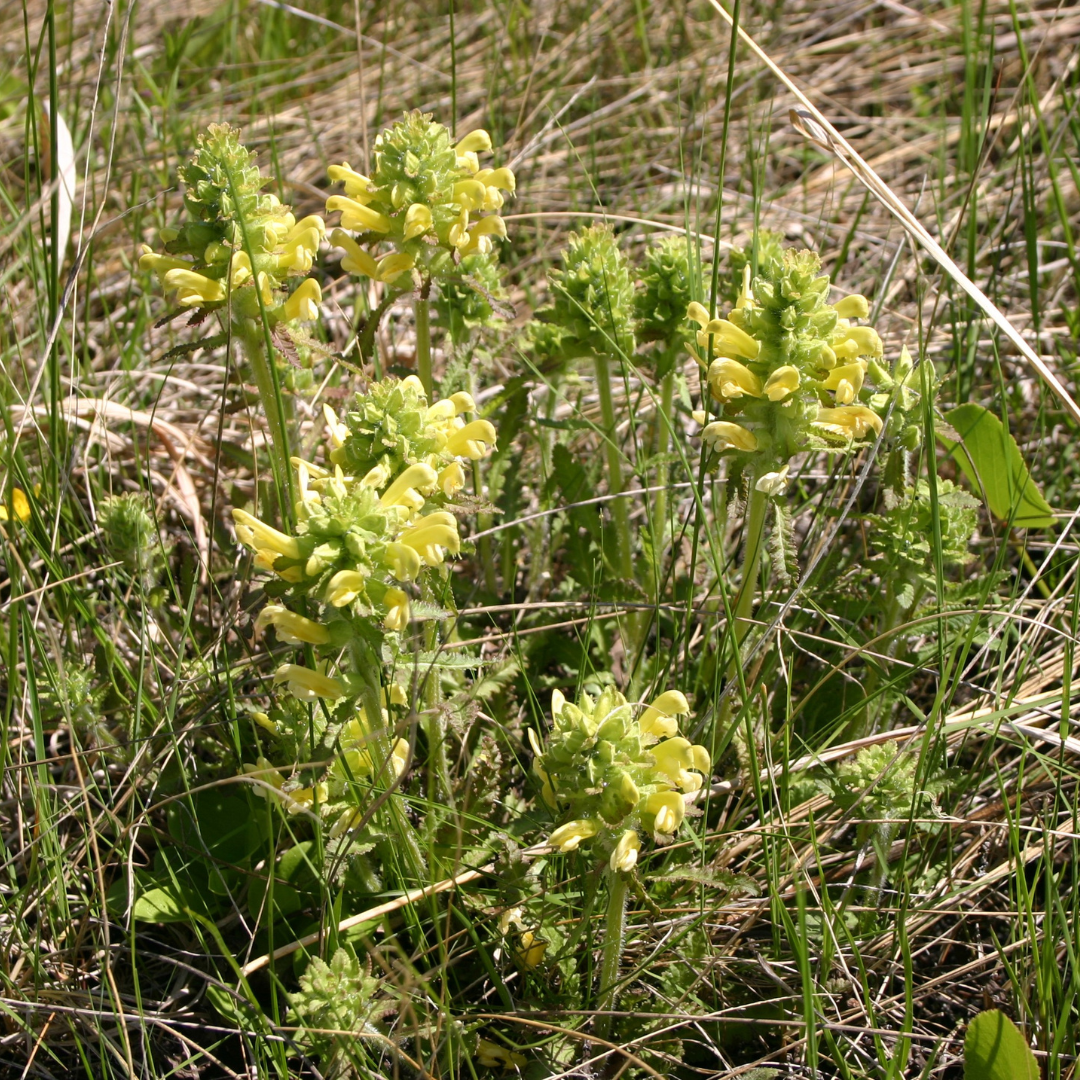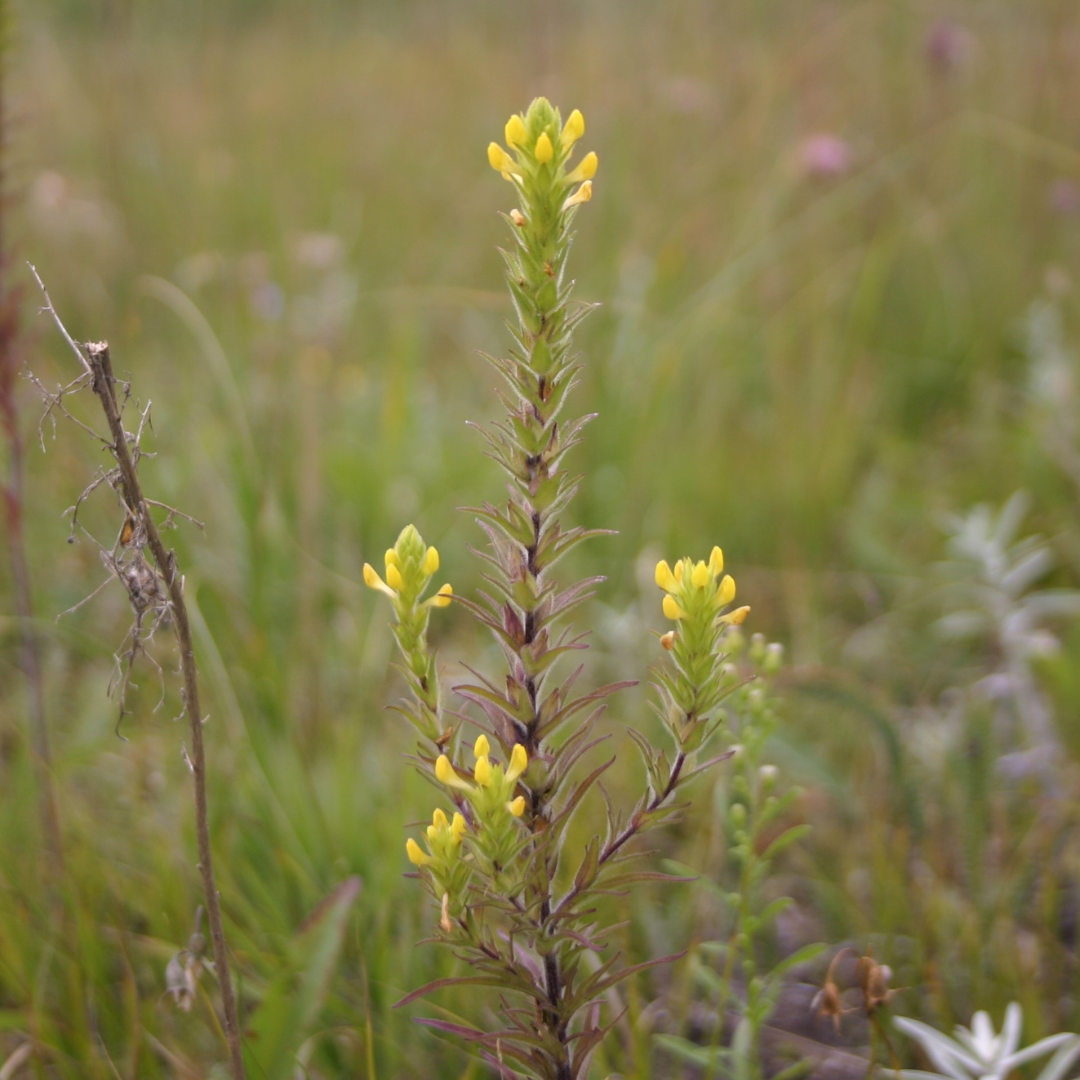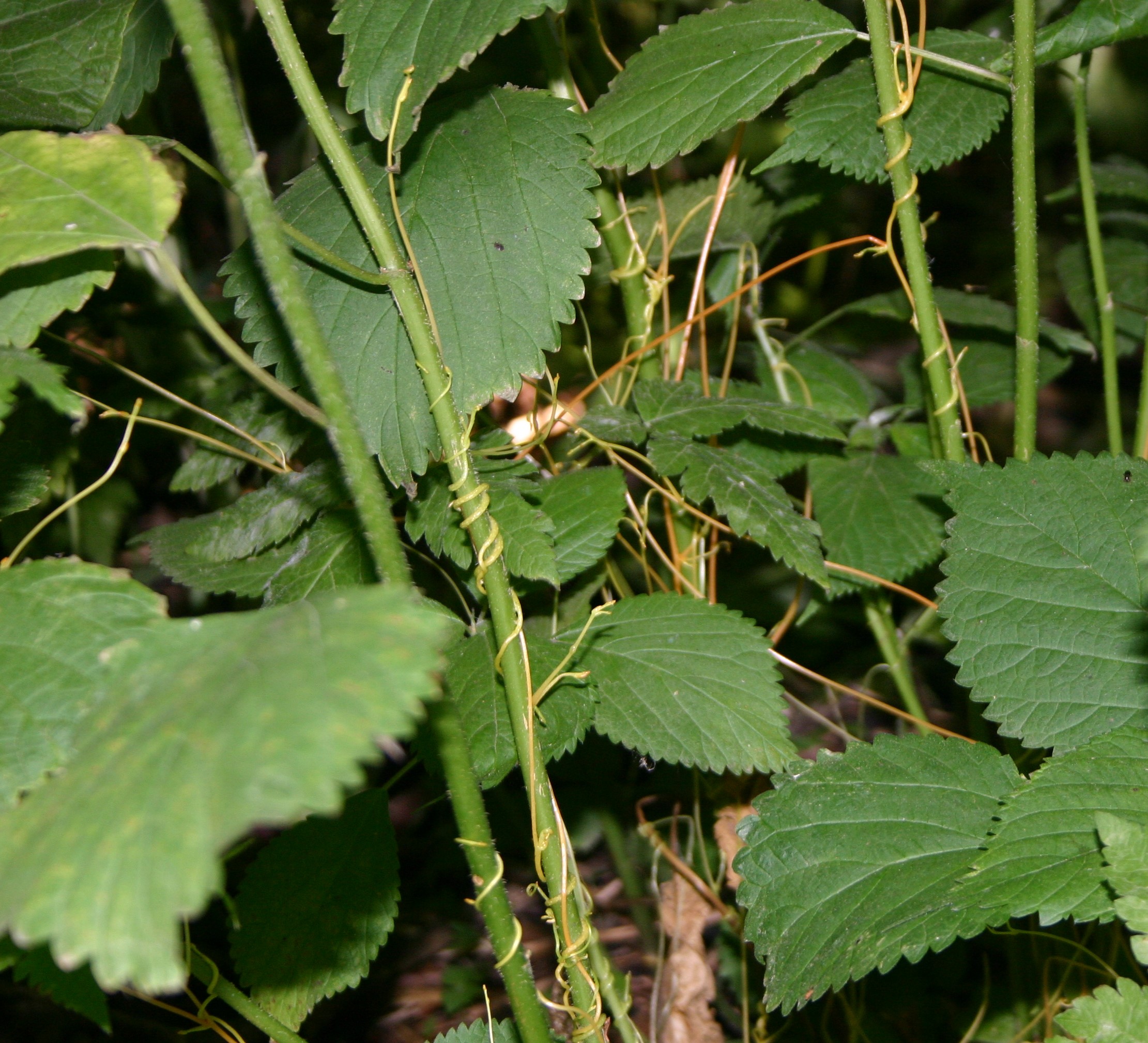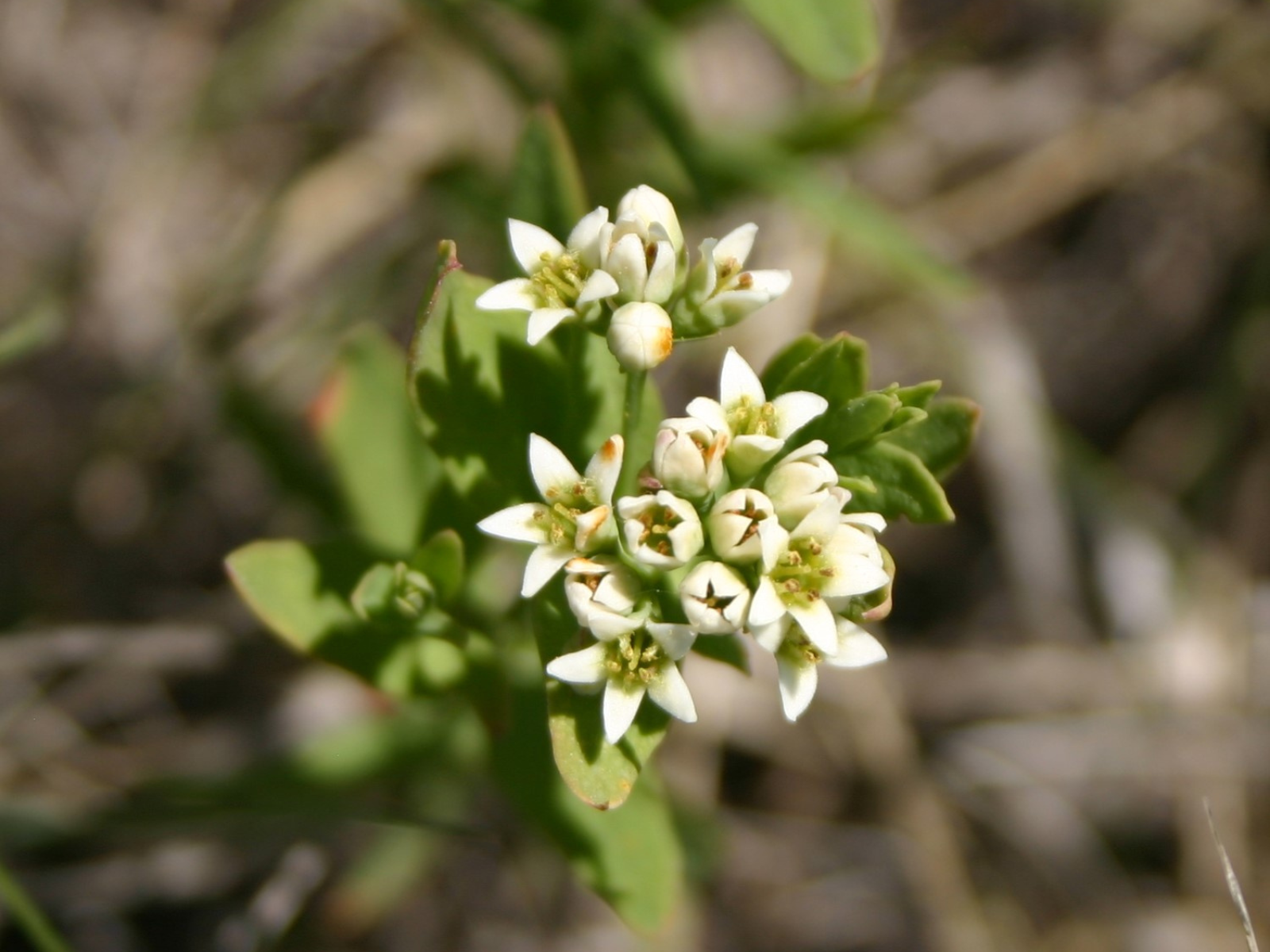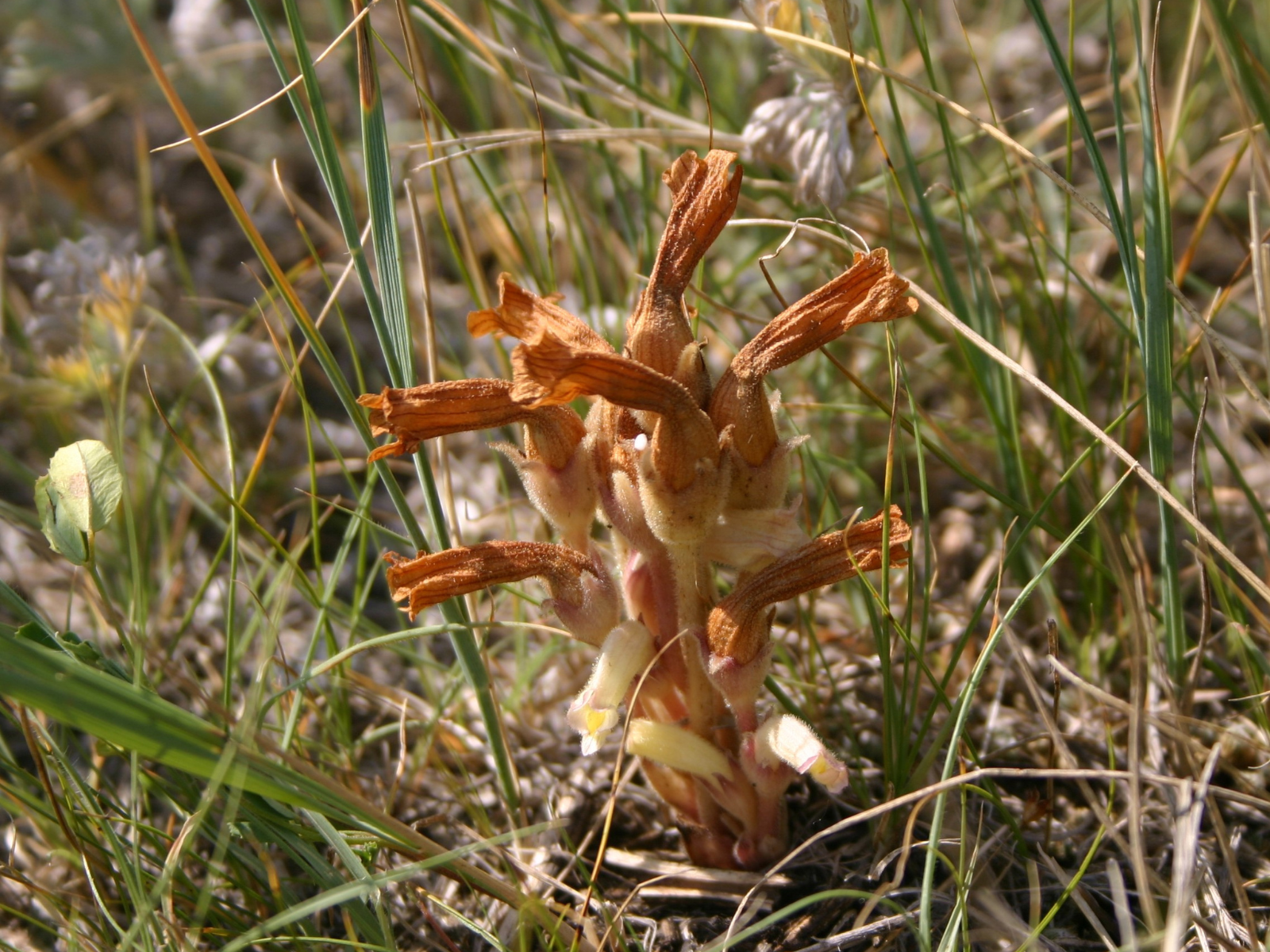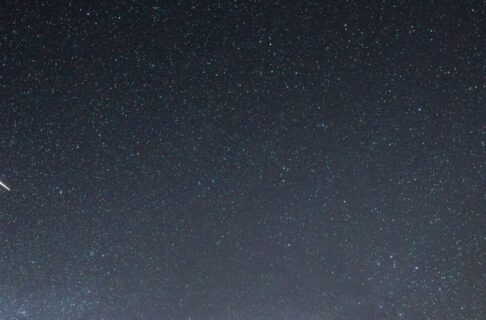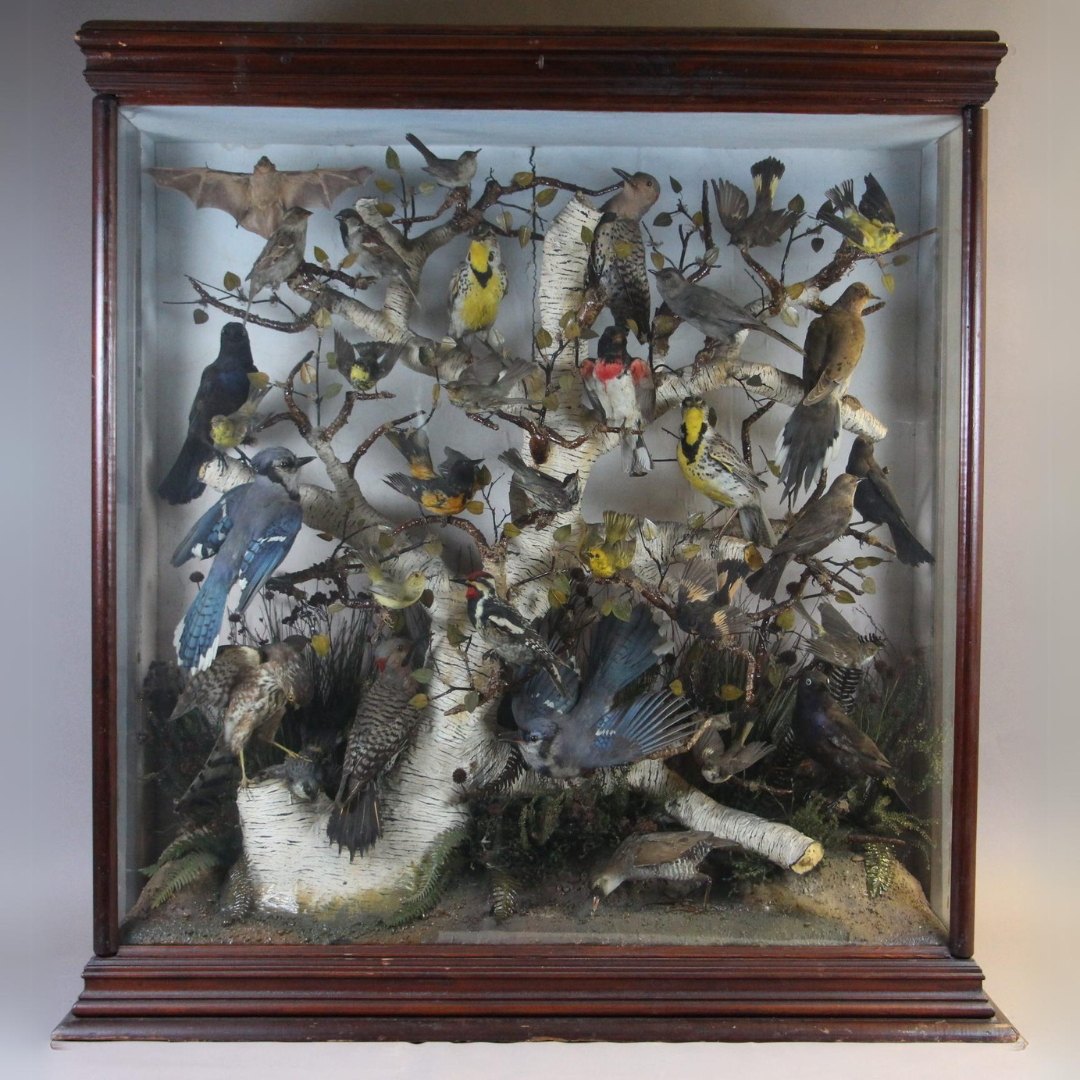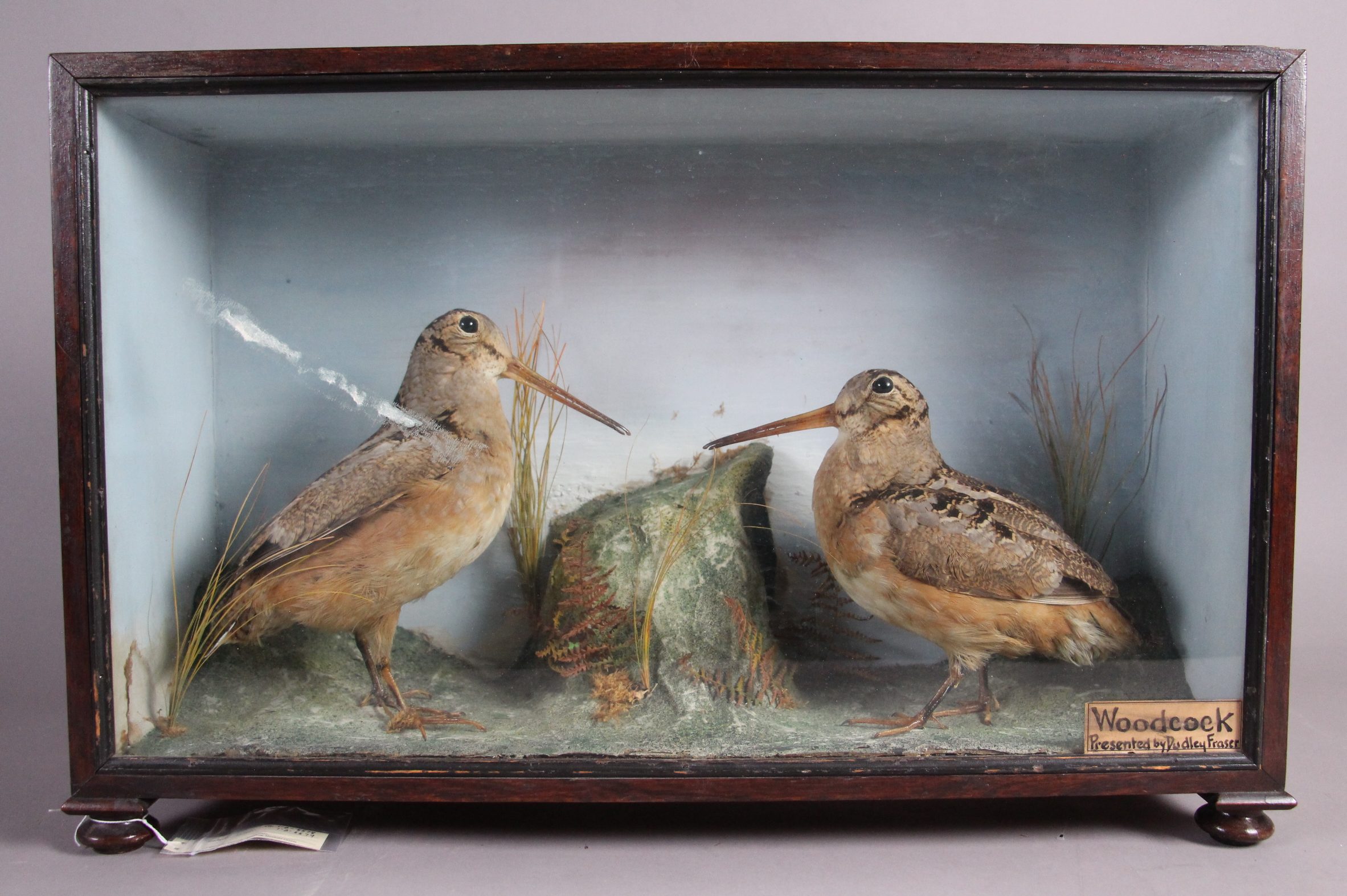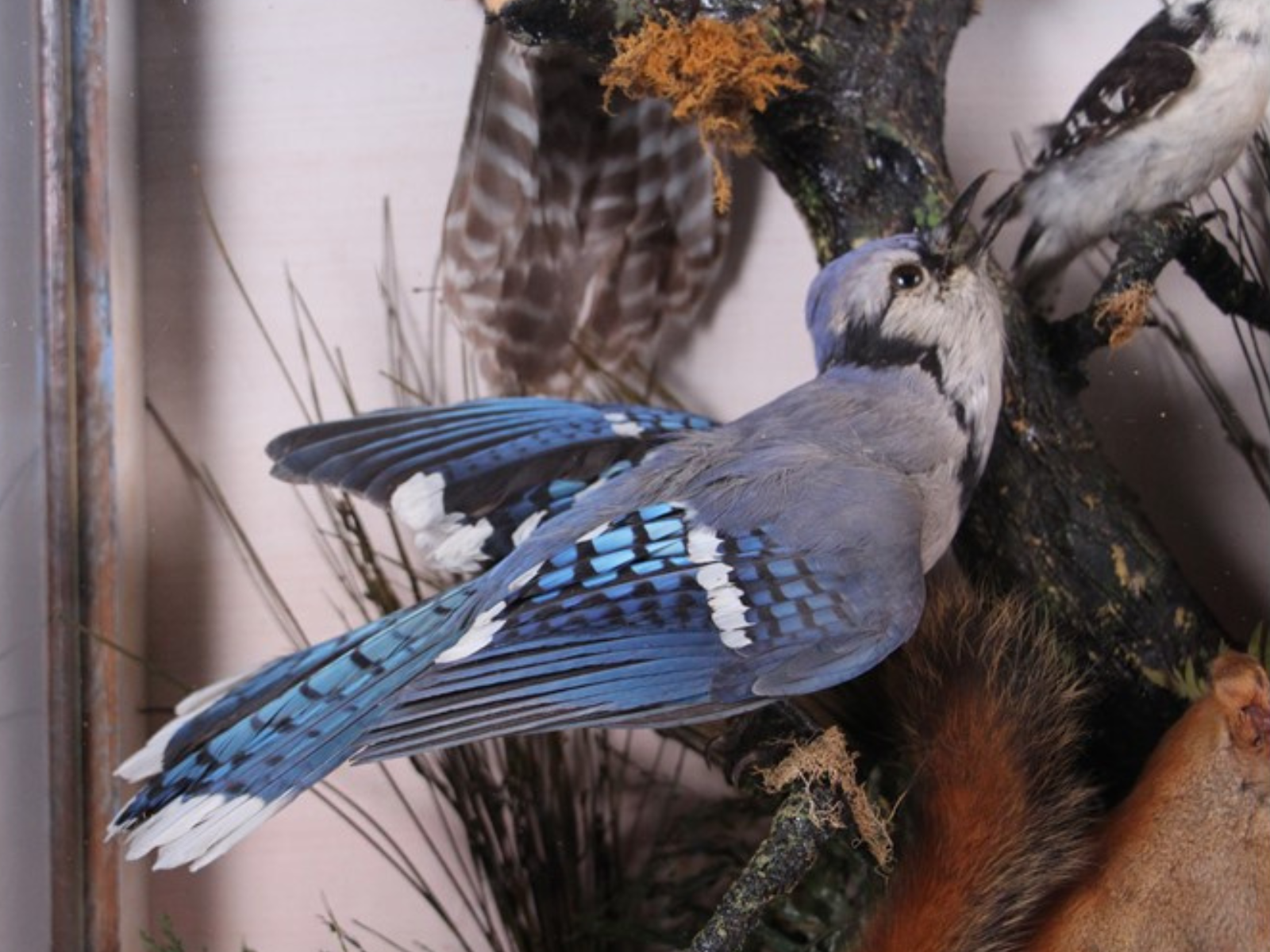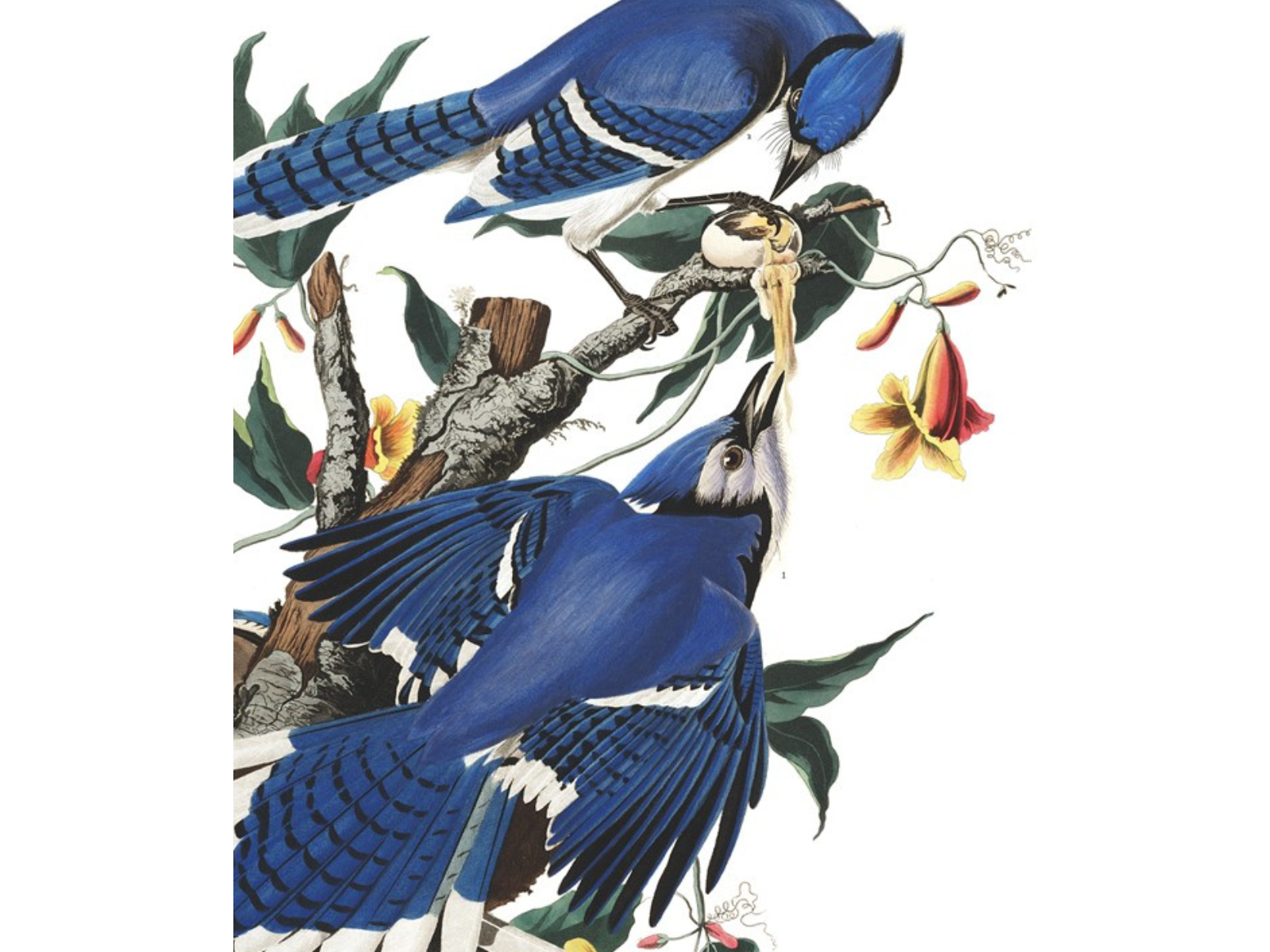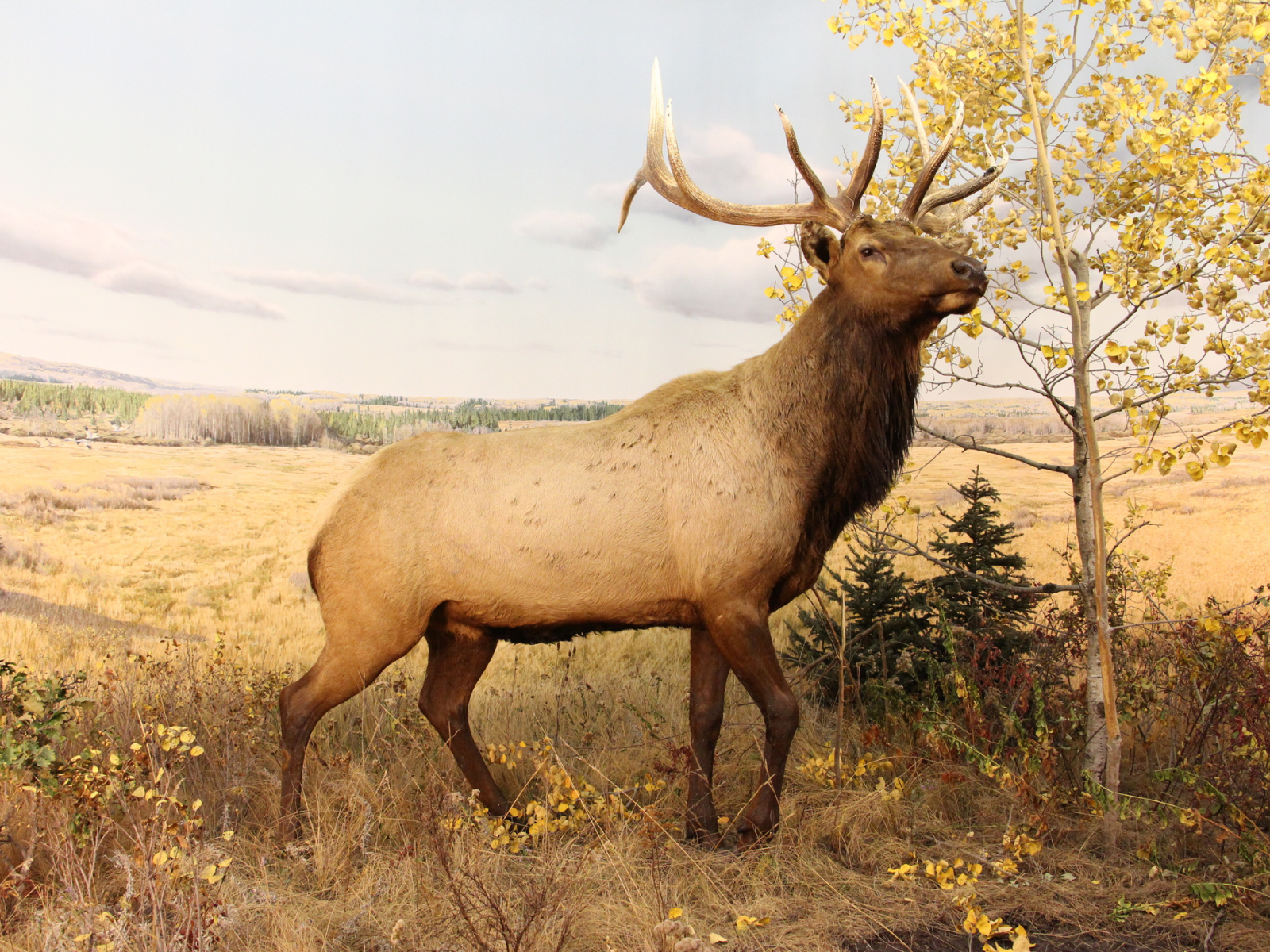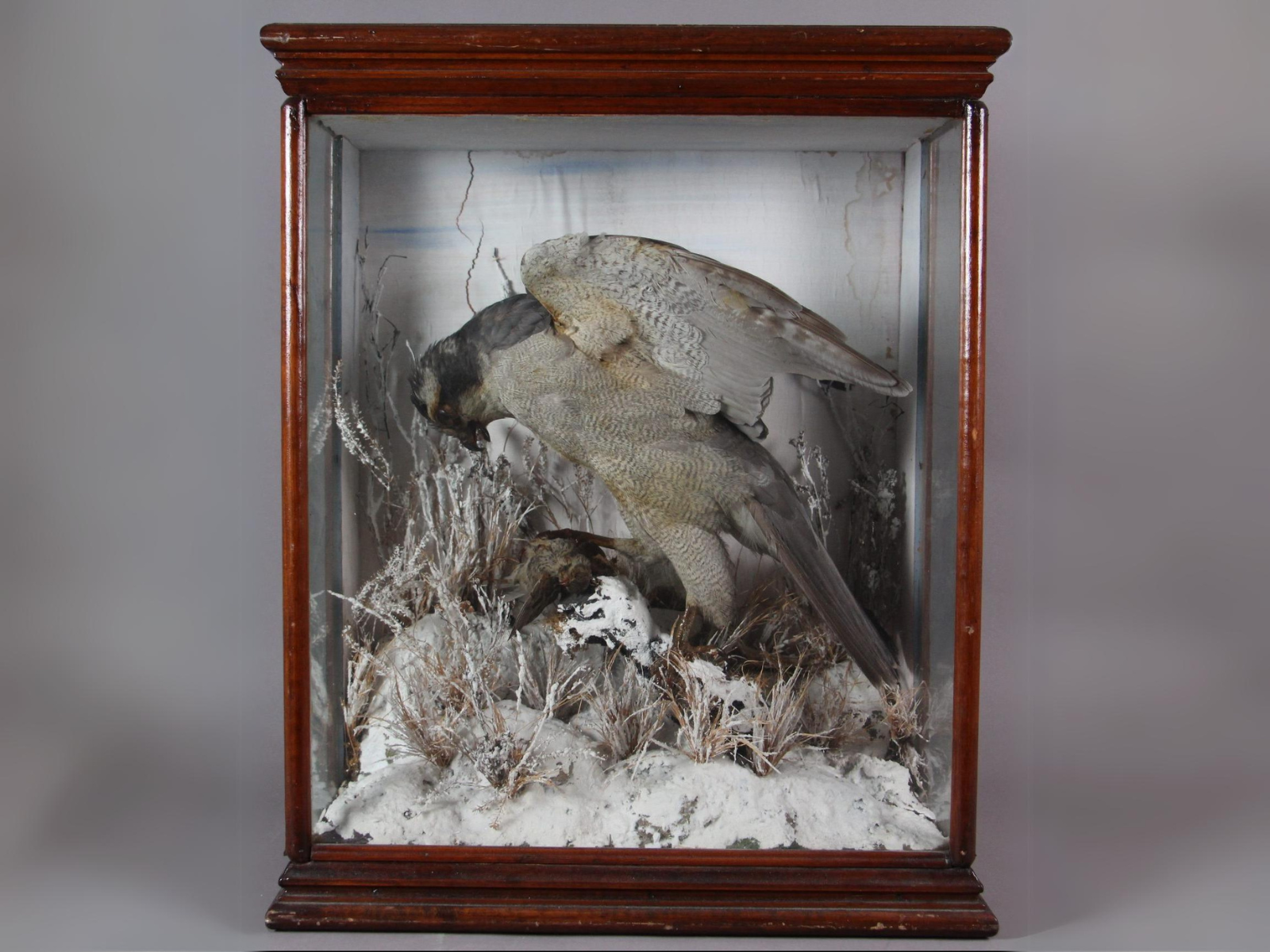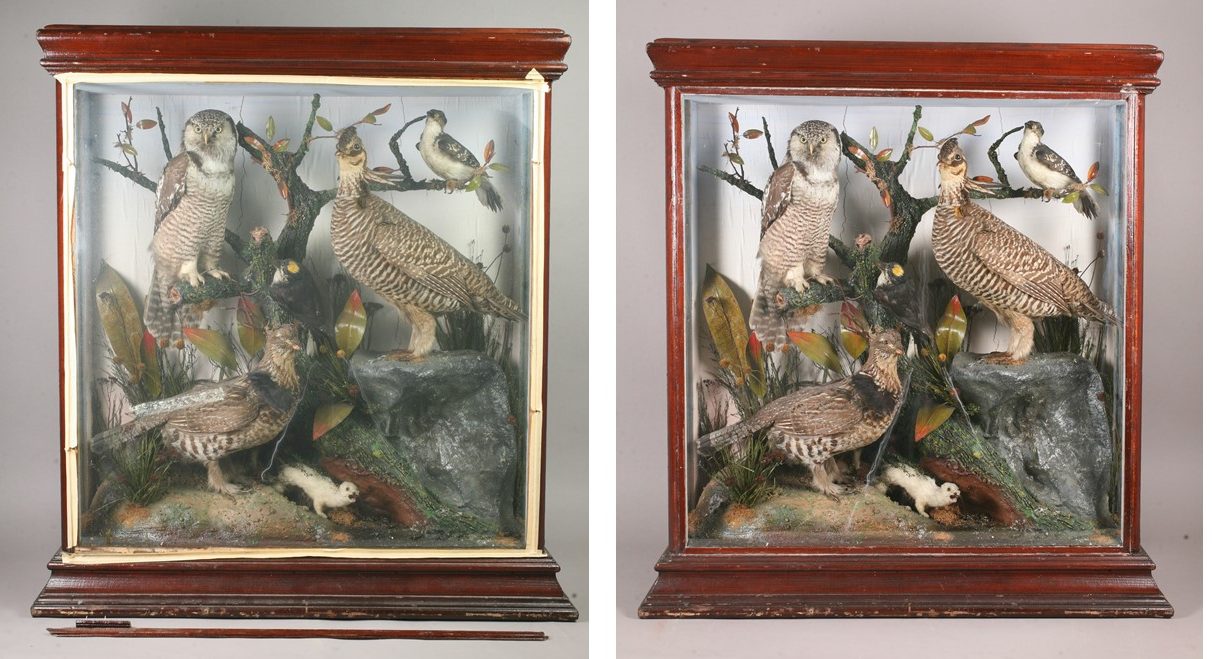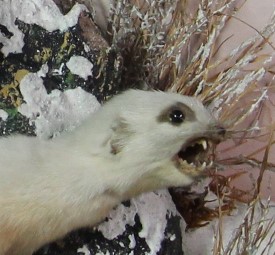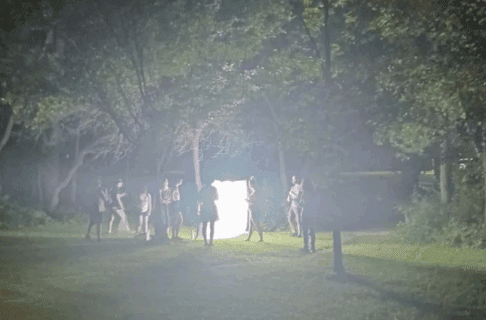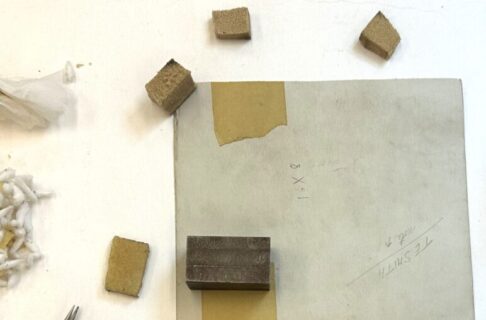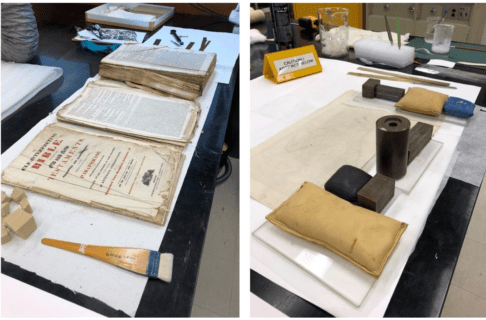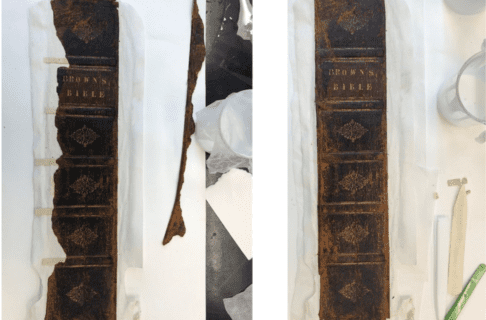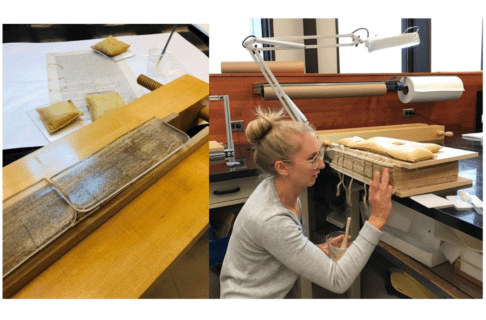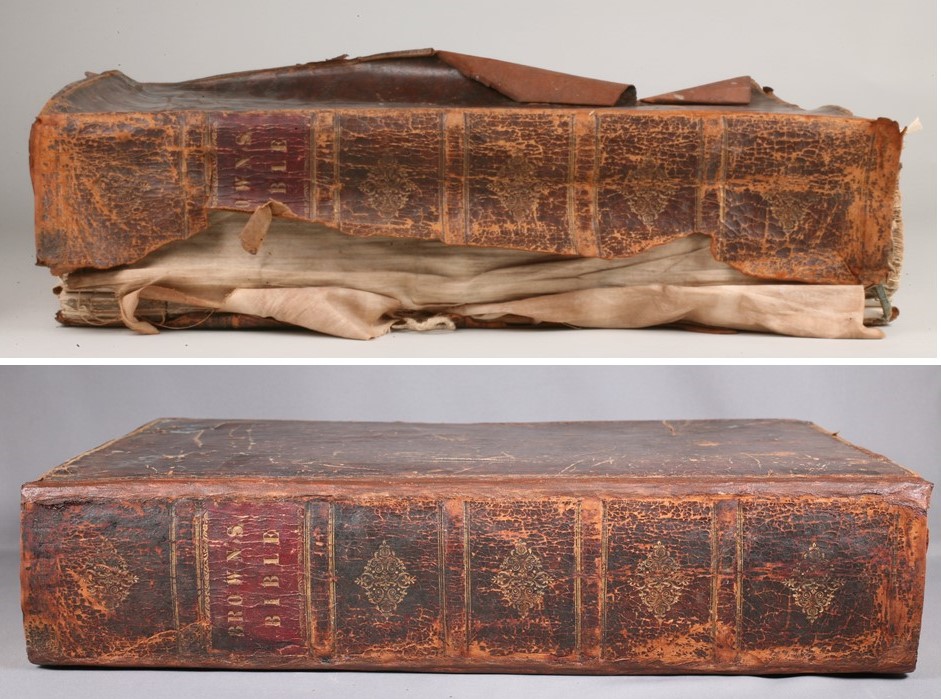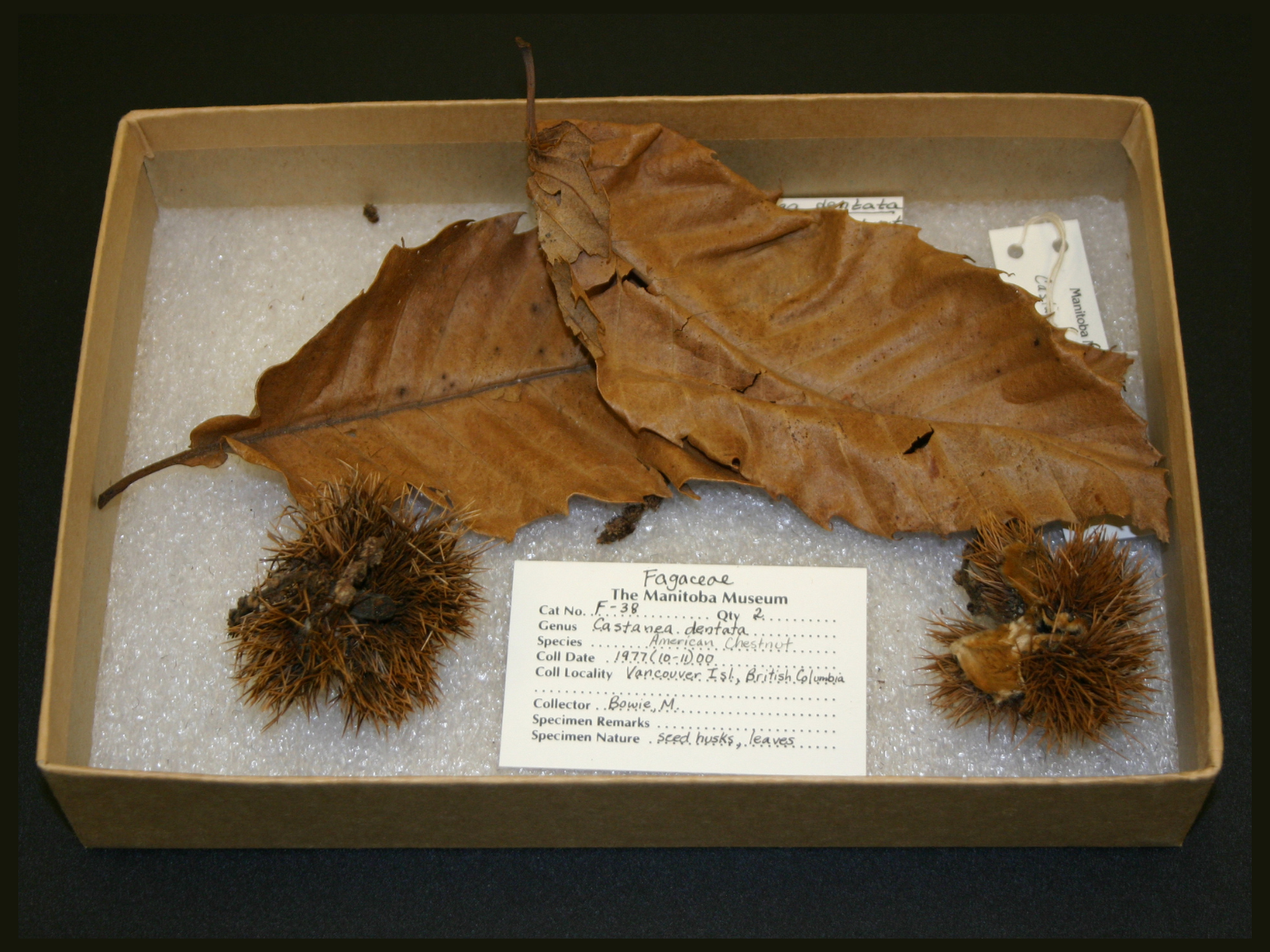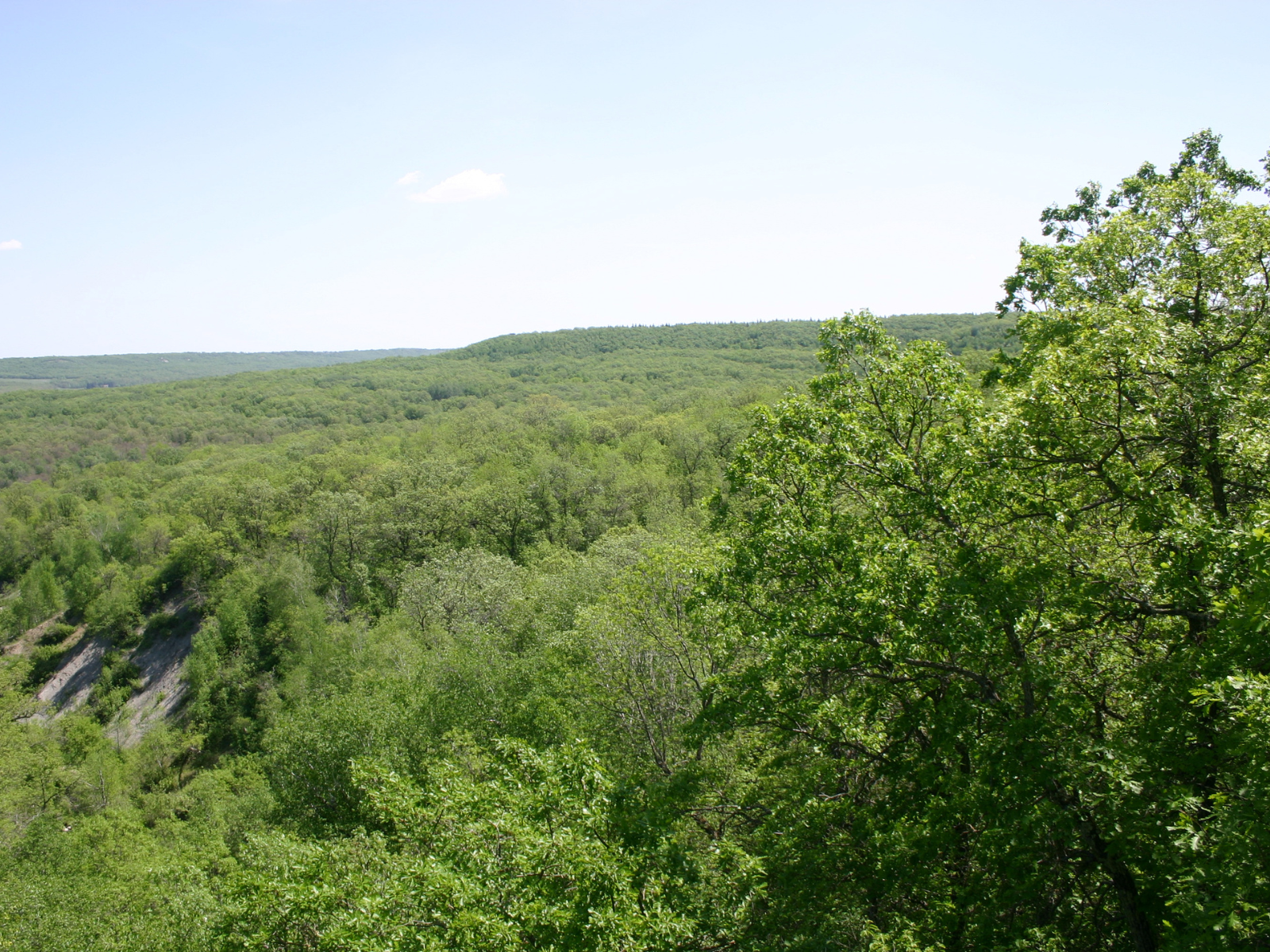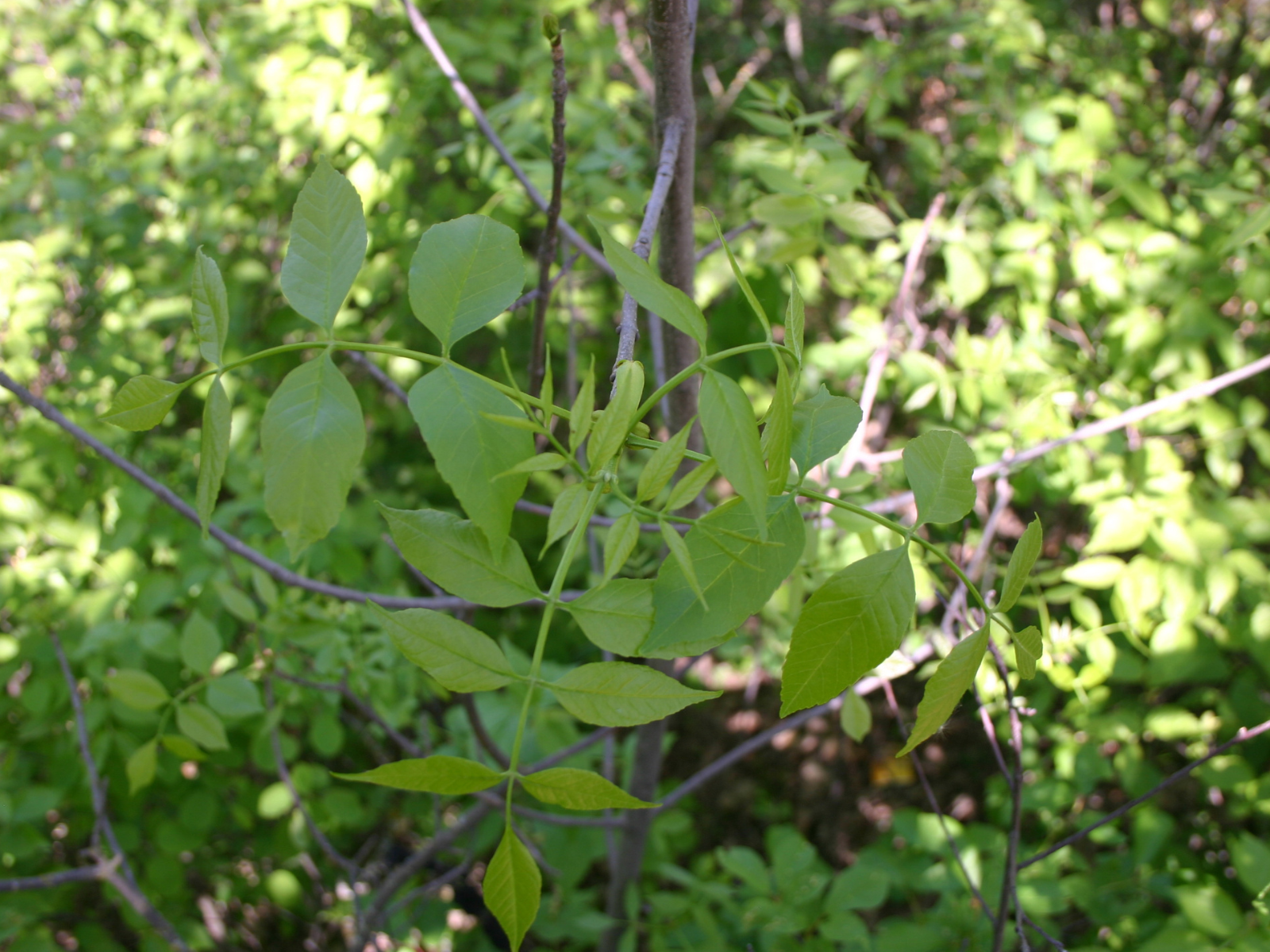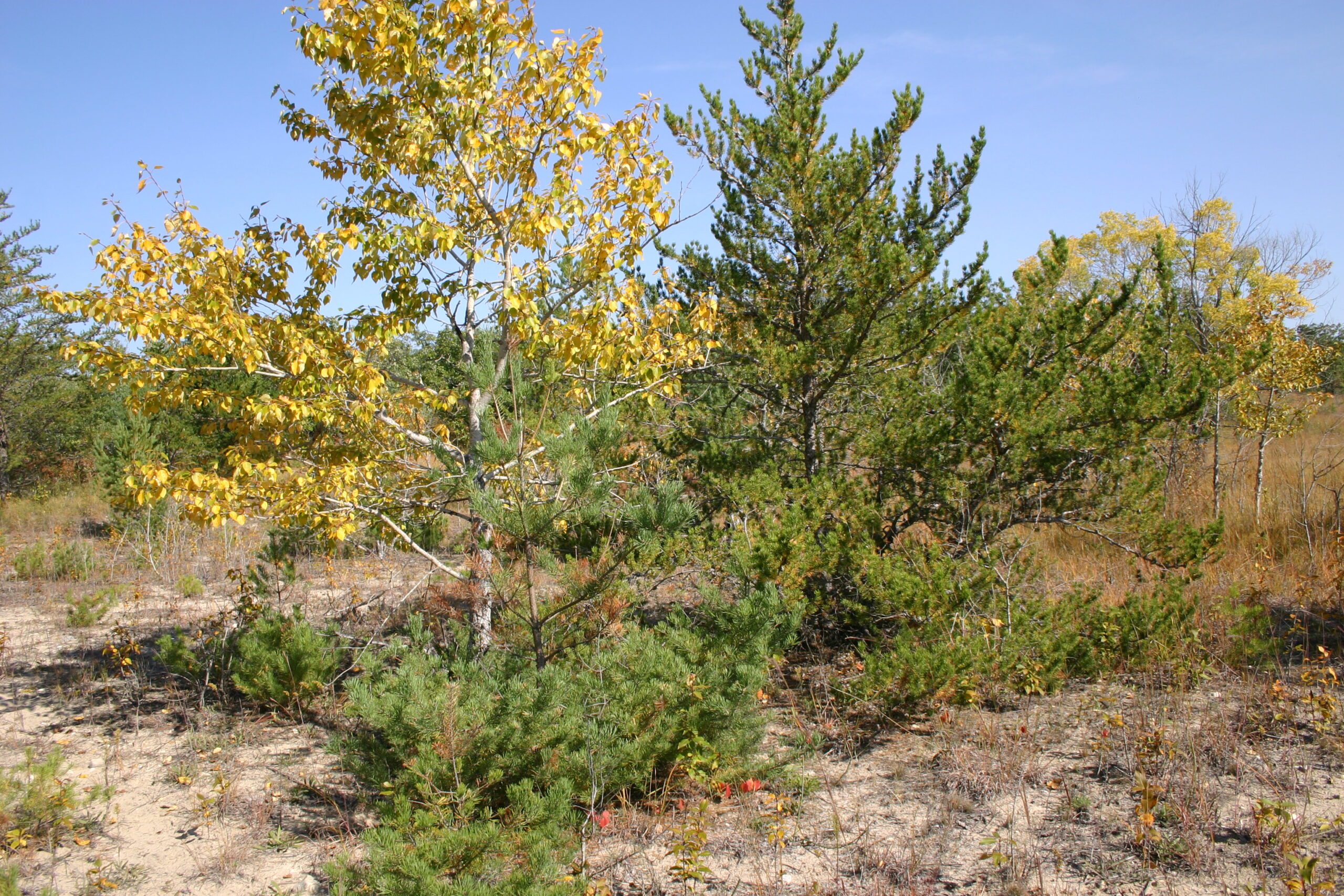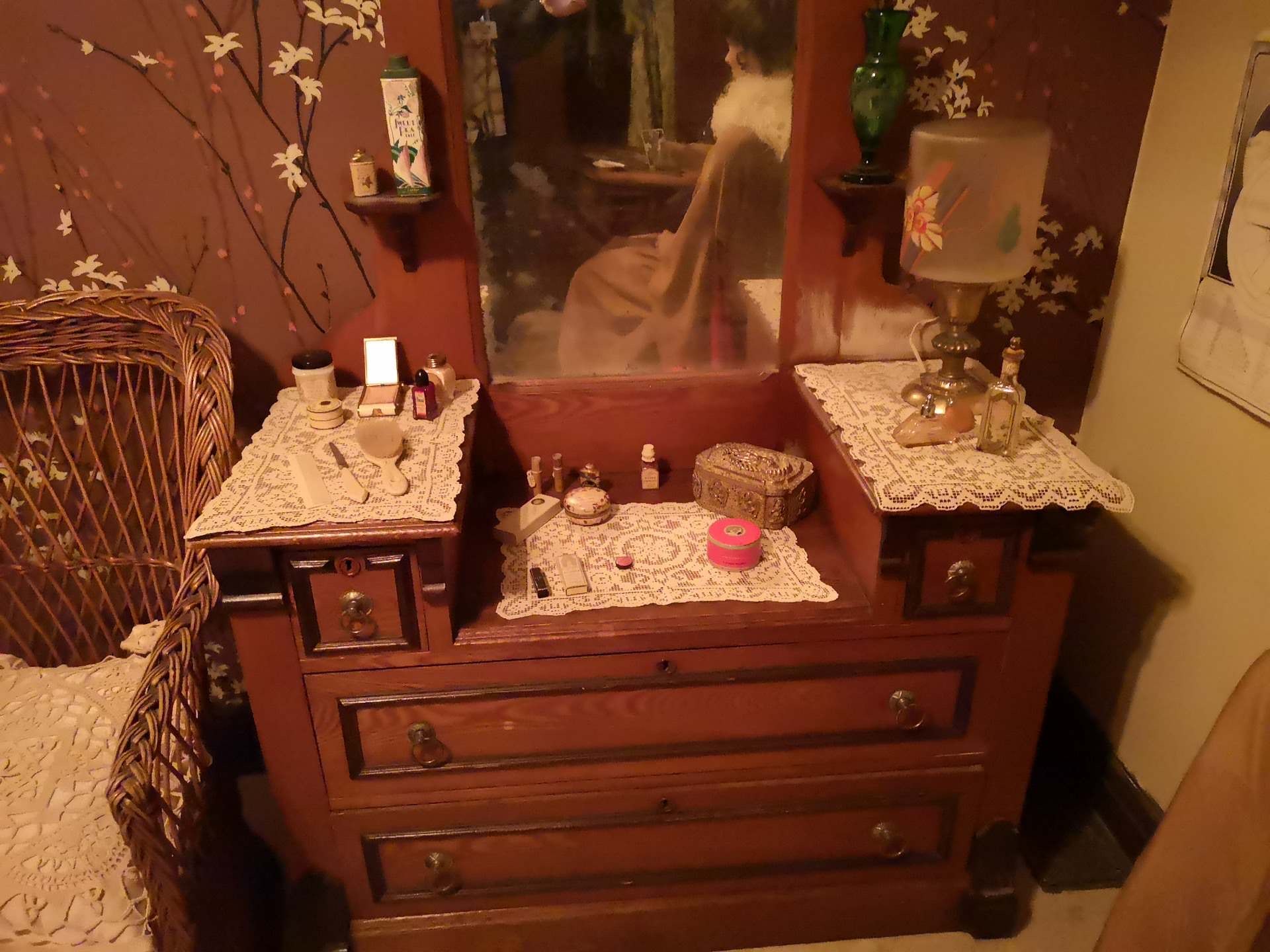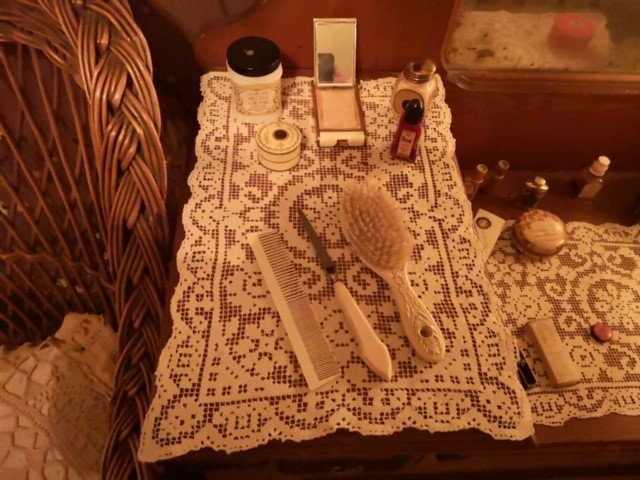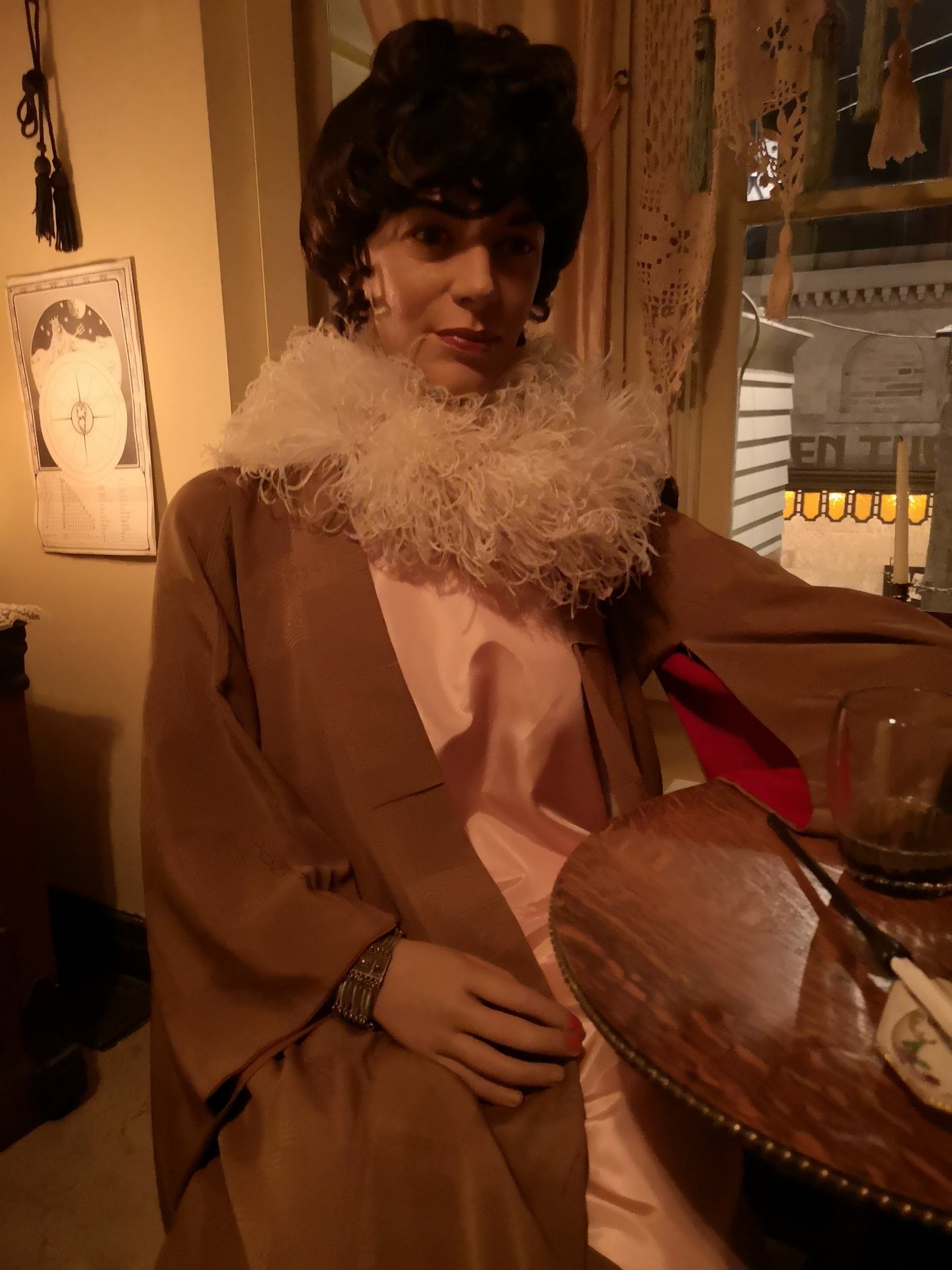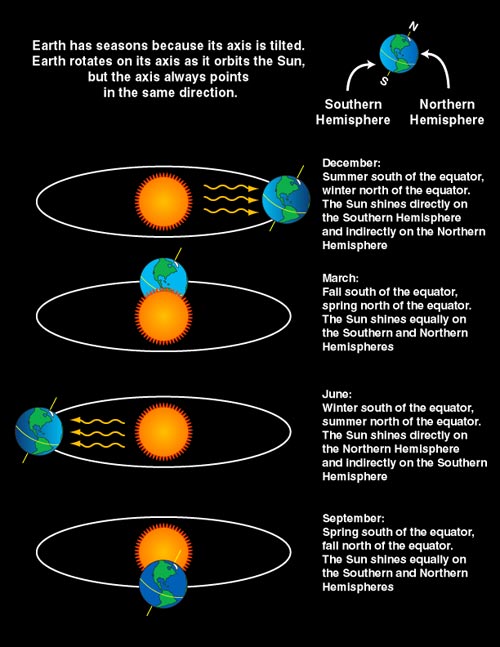Posted on: Monday June 1, 2020
We share our world with billions of other organisms and they play a crucial role in our survival, providing the ecosystem services that keep us alive: making oxygen for us to breathe, filtering toxins from our water, and providing shade for us and our homes to name a few benefits. With so many cultural events being cancelled this year due to Covid-19, you may be planning on spending some time in nature this summer. Thus, now is an excellent time to learn to identify some of the beautiful wild plants that grow in our province.
As part of my Museum work, I have been writing an identification guide to all the vascular plants (i.e. ferns, conifers and flowers) in the province. Unfortunately, it is nowhere close to being done. However, in the interim, I can provide some information on how to identify some of the prettiest plants you will encounter in the prairies and forests of Manitoba: the lilies.
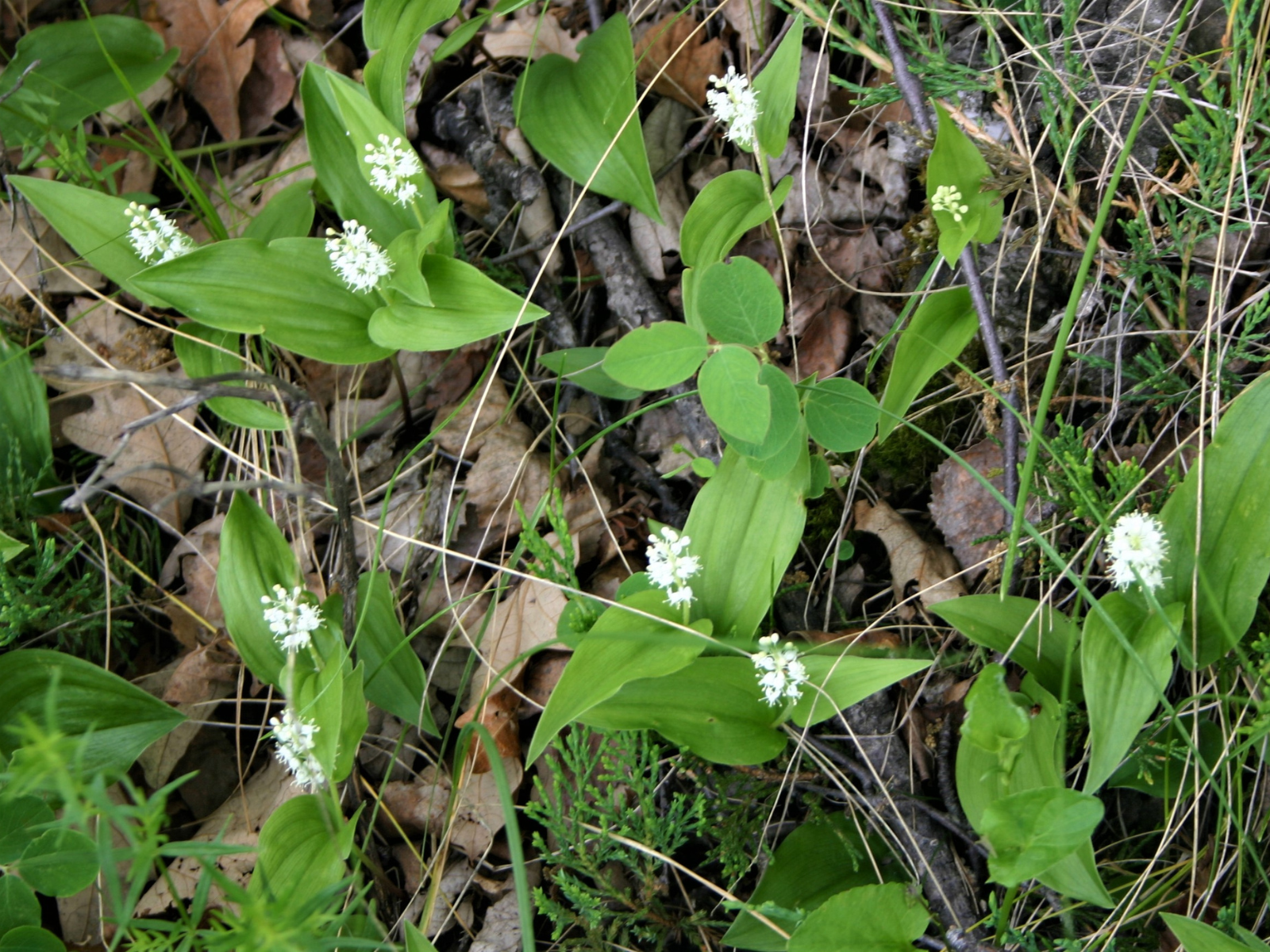
Wild lily-of-the-valley (Maianthemum canadense) is a common species found on the forest floor.
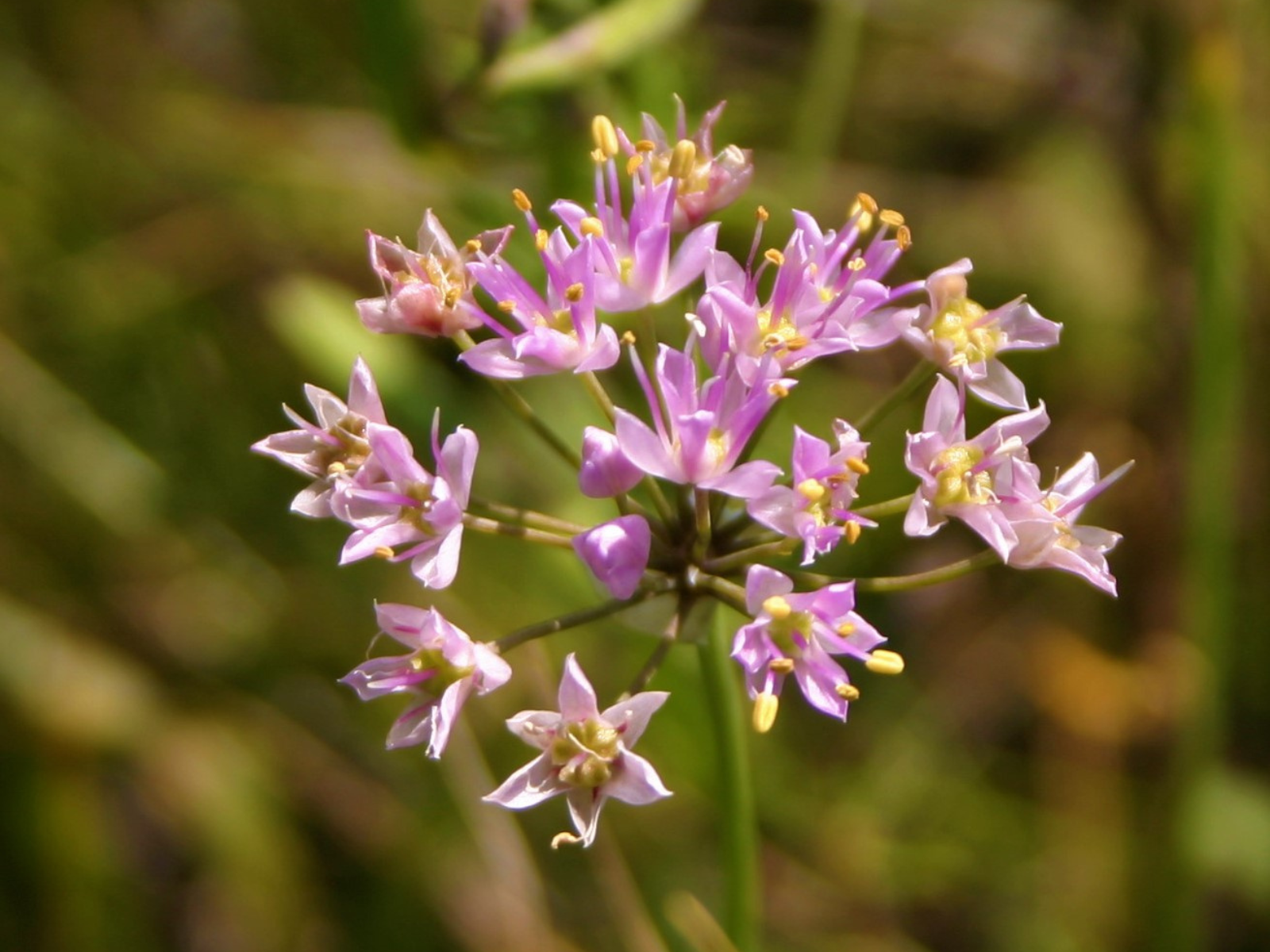
Autumn onion (Allium stellatum) can be distinguished from other wild onions by its pretty pink flowers.
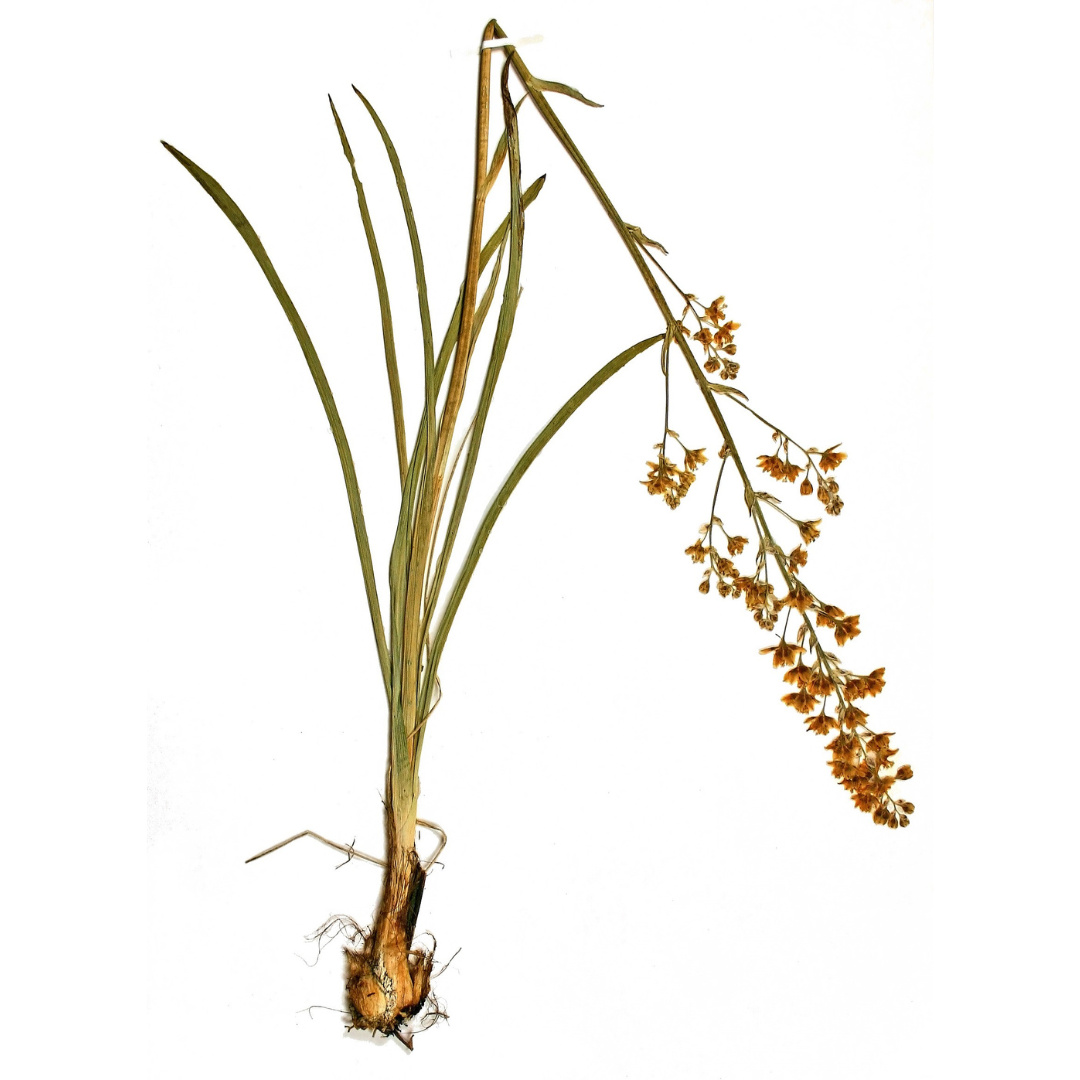
Lilies are actually related to grasses. Both types of plants have leaves that are usually long and thin, typically with parallel veins (as opposed to net-like veins such as you see in a maple leaf). However, lily flowers are animal-pollinated so they have petals and are larger than those of wind-pollinated grasses, which lack petals. The main characteristic of lilies is that they usually have 3-6 floral parts unlike most plants, which have 4-5 floral parts (the dicots). Unlike their other close relatives, the orchids, which also have 3-6 floral parts, the petals of lilies are all the same size and shape; the petals of orchids are all slightly different, giving them an irregular shape like a lady’s-slipper. Irises are similar to lilies in that their petals are all the same shape but their flowers, at least in Manitoba, are all purple or blue (rarely white); most lilies in Manitoba have white flowers, less commonly yellow, pink or orange.
In this dried Museum specimen, you can clearly see the large bulb of this poisonous species, aptly named mountain death camas (Zigadenus elegans). Specimen #35061
There are only five wild lilies that are typically found in sunny, prairie habitats: Wood lily, prairie onion, autumn onion, eastern yellow stargrass and mountain death camas. One of these plants is poisonous. Can you guess which one? The word “death” in the name kind of gives it away, no?
Lily species that grow in sunny habitats have narrow leaves, to reduce their sun exposure. In contrast, the lilies that grow in forested habitats tend to have wider leaves to better capture the dappled light that occurs on the forest floor. Most of the forest lilies have white flowers (sometimes with invisible ultraviolet (UV) patterns that bees can see), because white is more visible in a dark environment like a forest floor. Fairy-bells, Solomon’s-seal and false Solomon’s seal (Maianthemum spp.) are among the most common species in Manitoba. In the southeastern forests you will also find the highly attractive nodding trillium with its leaves in three parts and dangly white flower, and the lovely yellow clintonia.
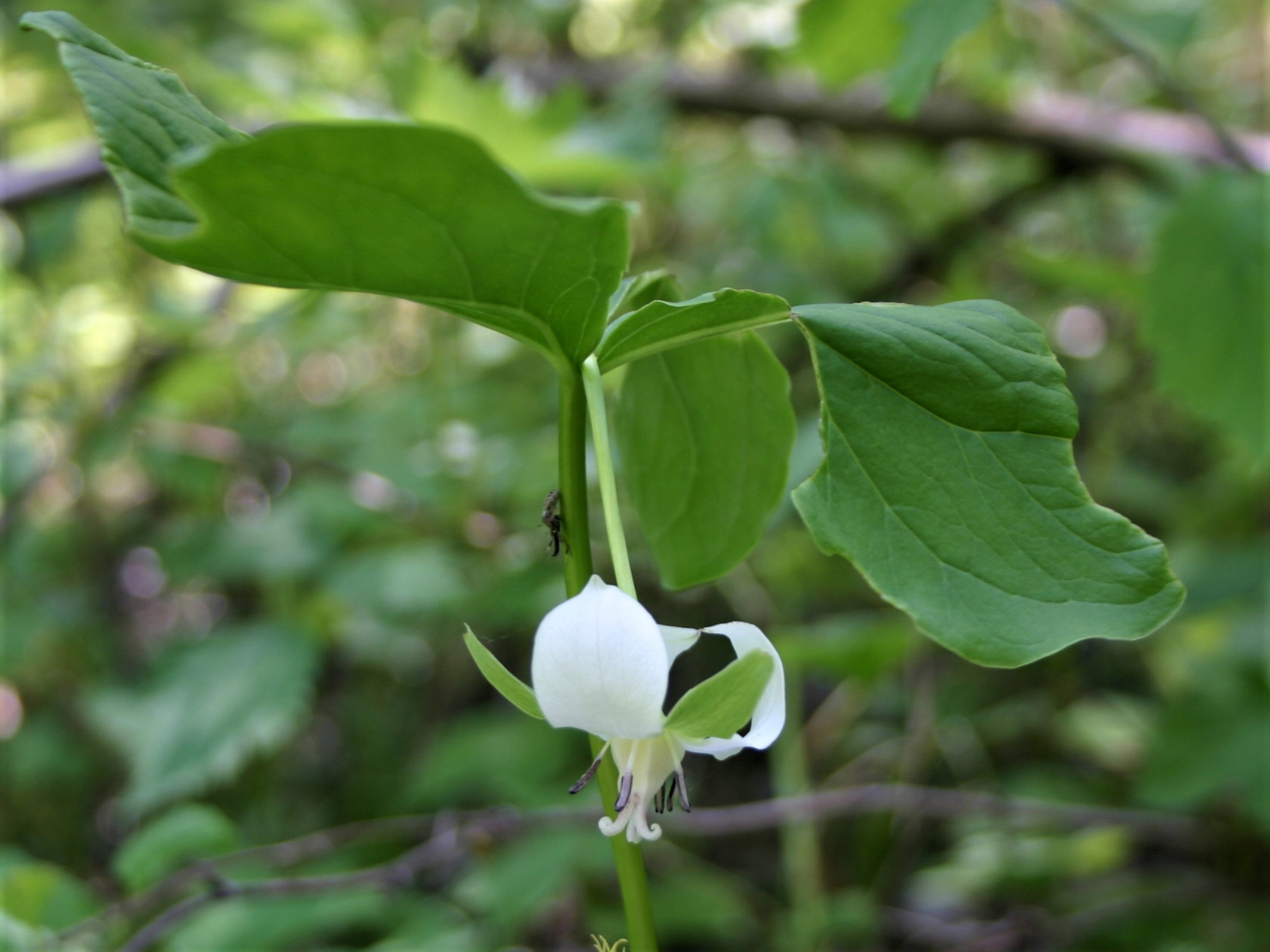
The white flower of nodding trillium (Trillium cernuum) dangles below the three-parted leaves.
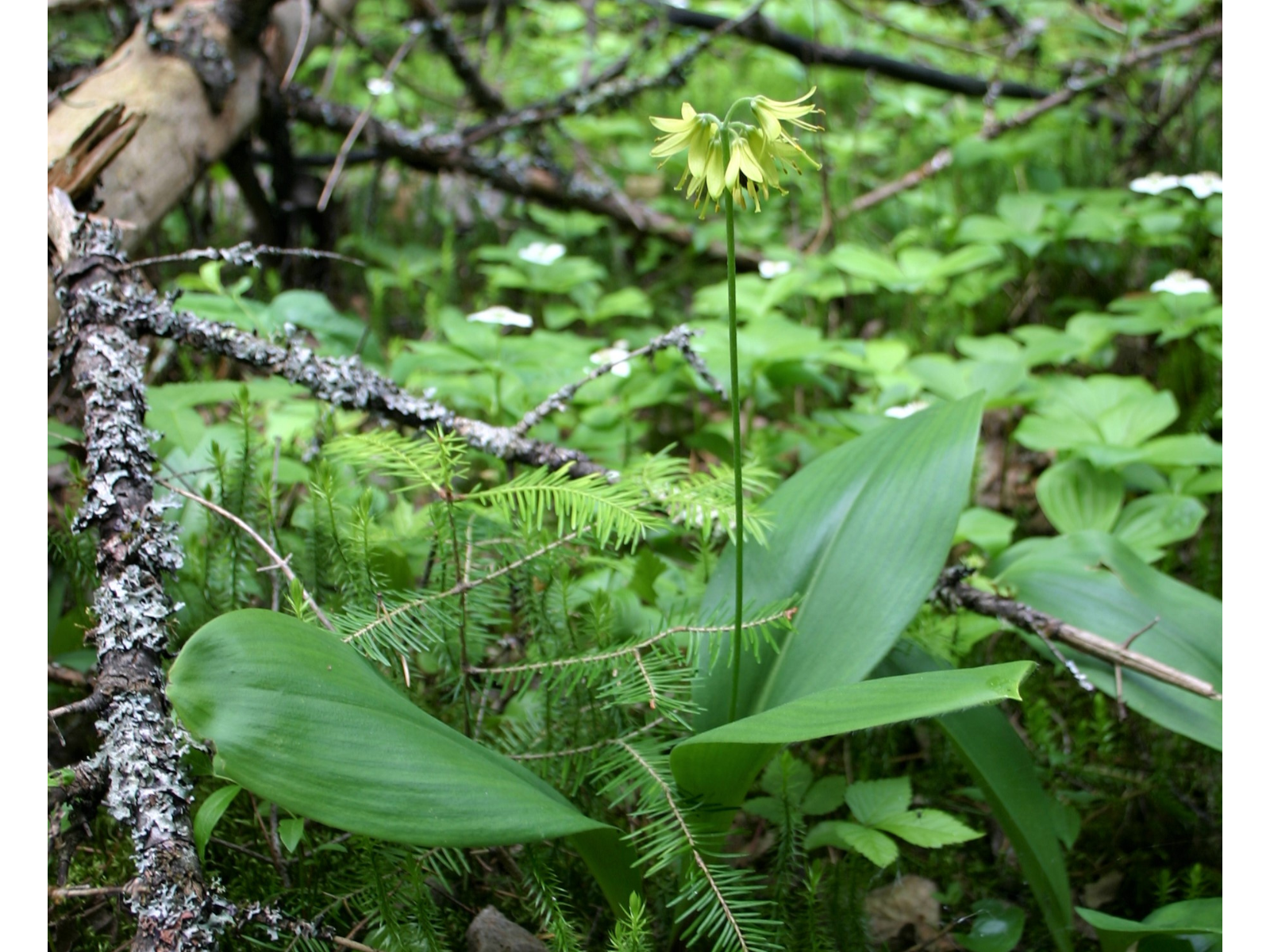
The pretty flower cluster of yellow clintonia (Clintonia borealis) develops into bluish berries by mid summer.
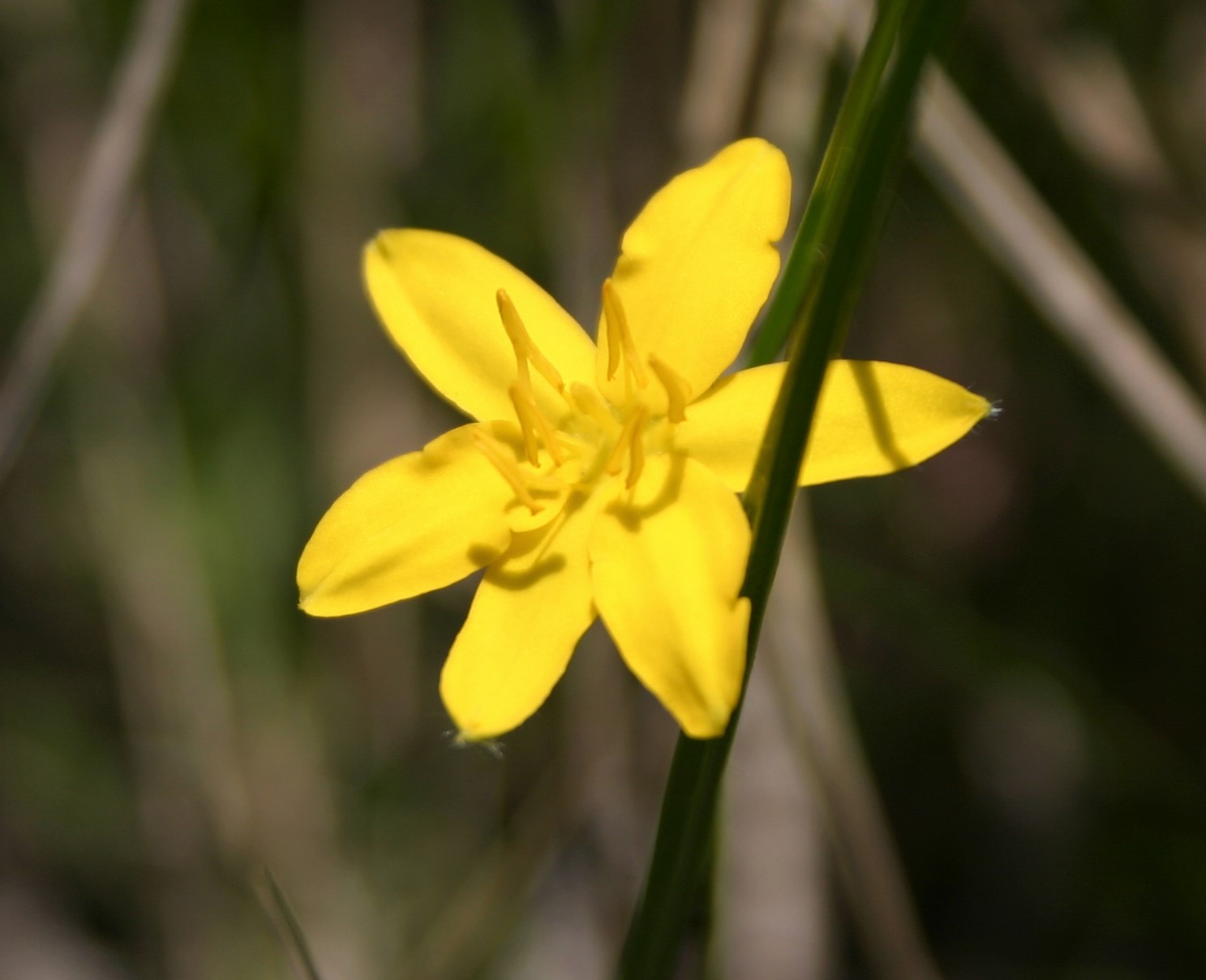
Below is an identification key to the 21 wild lilies of Manitoba. To use this key, decide which of the paired statements best describes your mystery plant, then go to the number that is after that statement. Continue selecting statements until you arrive at a species name. You may have to use a second key (indicated in brackets after the group common name) to identify the plant to its species. To determine the scientific (Latin) name of your species, go to the list at the very end of this blog. You can double check that you identified the plant correctly by searching for an image and description of the species on the internet. Enjoy hunting for Manitoba’s lovely lilies this summer!
Having floral parts in 3’s is a key character of plants in the lily family like this eastern yellow star grass (Hypoxis hirsuta).
Key to the Lilies of Manitoba
| 1. Leaves arising from close to the ground or nearly so (basal) | 2 |
| 1. Leaves alternating or in whorls on the upper part of the stem | 7 |
| 2. Fruit a blue berry; leaves wide and thick | Yellow clintonia |
| 2. Fruit not fleshy; leaves narrow and thin | 3 |
| 3. Flowers bright yellow; ovaries (unripe fruits) densely hairy | Eastern yellow stargrass |
| 3. Flowers not bright yellow; ovaries not hairy | 4 |
| 4. Flower stalks all arising from a single point on the stem (umbel); leaves strongly onion-scented | Wild onions (see species key below) |
| 4. Flowers arising from various points along the stem (raceme); not onion-scented | 5 |
| 5. Plant arising from a bulb; petals 7-10 mm long | Mountain death camas |
| 5. Plant not arising from a bulb; petals less than 5 mm long | 6 |
| 6. Stems smooth; seeds lacking appendages; far northern Manitoba | Small tofieldia |
| 6. Stems covered in sticky hairs; seeds with appendages | Sticky tofieldia |
| 7. Leaves in whorls of 3 or more | 8 |
| 7. Leaves alternating on the stem | 9 |
| 8. Upper leaves in a whorl of 3; flower white, nodding | Nodding trillium |
| 8. Upper leaves in whorls of 3 to 11; flowers yellow or orange, erect | Wood lily |
| 9. Flowers at the tip of the stem (terminal), singly, in clusters of 2-4, or on a stalk (raceme) | 10 |
| 9. Flowers in leaf axils, singly or in clusters of 2-4 | 12 |
| 10. Flowers in racemes | False Solomon’s seals (see species key below) |
| 10. Flowers single or in clusters of 2-4 at stem tips | 11 |
| 11. Flowers 1-2 (3), white; fruit an orange berry | Fairybells |
| 11. Flowers 1-4, yellowish; fruit a capsule | Bellworts (see species key below) |
| 12. Flowers in clusters of 2-4; fruits dark blue berries | Giant Solomon’s seal |
| 12. Flowers single; fruits orange to reddish berries | Twisted-stalks (see species key below) |
Key to the Bellwort (Uvularia) species
| 1. Leaves wrapping around the stem, finely hairy, not covered with bluish powder; fruit a dry capsule less than 15 mm long | Large-flowered bellwort |
| 1. Leaves not wrapping the stem, not hairy, covered with bluish powder; fruit a dry capsule over 15 mm long | Sessile-leaved bellwort |
Key to the False Solomon’s-seal (Maianthemum) species
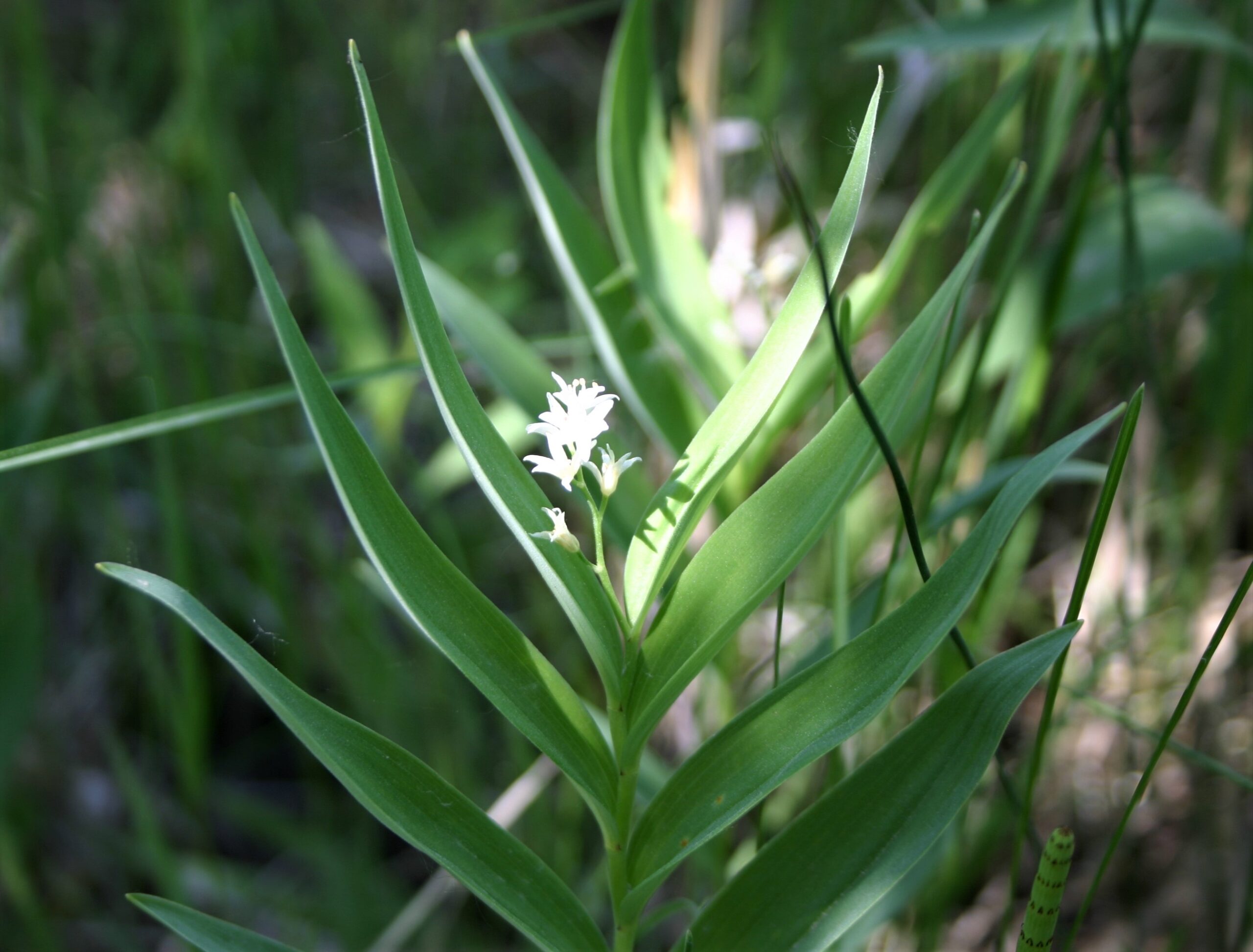
Star-flowered false Solomon’s seal (Maianthemum stellatum) is flowering in many riverbank forests right now.
| 1. Leaves 2-4; flowers arising from a simple stalk (raceme) | 2 |
| 1. Leaves more than 4; flowers arising from a simple or branched stalk (panicle) | 3 |
| 2. Flowers with 4 petals and 4 stamens; usually 2 flowers arising from a single spot | Wild lily-of-the-valley |
| 2. Flowers with 6 petals and 6 stamens; 1 flower per spot | 3-leaved False Solomon’s Seal |
| 3. Flowers arising from a dense, branched stalk; flower stalks <1 mm long; ripe berries red | Large false Solomon’s Seal |
| 3. Flowers arising from a simple stalk; flower stalks 6-12 mm long; ripe berries black | Star-flowered false Solomon’s Seal |
Key to the Twisted-stalk (Streptopus) species
| 1. Leaves strongly clasping, edges smooth or toothed, not hairy; floral stalk strongly jointed and bending at an abrupt angle; petals strongly upturned | Clasping-leaved twisted-stalk |
| 1. Leaves stalkless or slightly clasping, edges hairy; floral stalk not strongly jointed; petals only slightly upturned | Midwestern rose twisted-stalk |
Key to the Wild Onion (Allium) species
| 1. Leaves egg- to lance-shaped, shrivelling before flowering; fruit a 3-lobed dry capsule | Wild leek |
| 1. Leaves linear, not shrivelling before flowering; fruits a capsule only slightly lobed | 2 |
| 2. Flower stalks shorter than flowers, leaves round in cross section, hollow | Wild chives |
| 2. Flower stalks equalling or exceeding the flowers; leaves flat or channelled, not hollow | 3 |
| 3. Bulb covered with net-like fibers; flowers white; stamens not longer than petals | Prairie onion |
| 3. Bulb not covered with fibers; flowers pink; stamens longer than petals | Autumn onion |
Common and Scientific Names of Manitoba’s Wild Lilies
- Autumn onion – Allium stellatum Fraser ex Ker Gawl.
- Clasping-leaved twisted-stalk – Streptopus amplexifolius (L.) DC.
- Eastern yellow stargrass – Hypoxis hirsuta (L.) Coville
- Giant Solomon’s seal – Polygonatum biflorum (Walt.) Ell.
- Large false Solomon’s seal – Maianthemum racemosum (L.) Link
- Large-flowered bellwort – Uvularia grandiflora Sm.
- Midwestern rose twisted-stalk – Streptopus lanceolatus (Ait.) Reveal
- Mountain death camas – Zigadenus elegans Pursh
- Nodding trillium – Trillium cernuum L.
- Prairie onion – Allium textile A. Nels. & J.F. Macbr.
- Rough-fruited fairybells – Prosartes trachycarpa S. Wats.
- Sessile-leaved bellwort – Uvularia sessilifolia L.
- Small tofieldia – Tofieldia pusilla (Michx.) Pers.
- Star-flowered false Solomon’s seal – Maianthemum stellatum (L.) Link
- Sticky tofieldia – Triantha glutinosa (Michx.) Baker
- Three-leaved false Solomon’s seal – Maianthemum trifolium (L.) Sloboda.
- Wild chives – Allium schoenoprasum L.
- Wild leek – Allium tricoccum Ait.
- Wild lily-of-the-valley – Maianthemum canadense Desf.
- Wood lily – Lilium philadelphicum L.
- Yellow clintonia – Clintonia borealis (Ait.) Raf.




